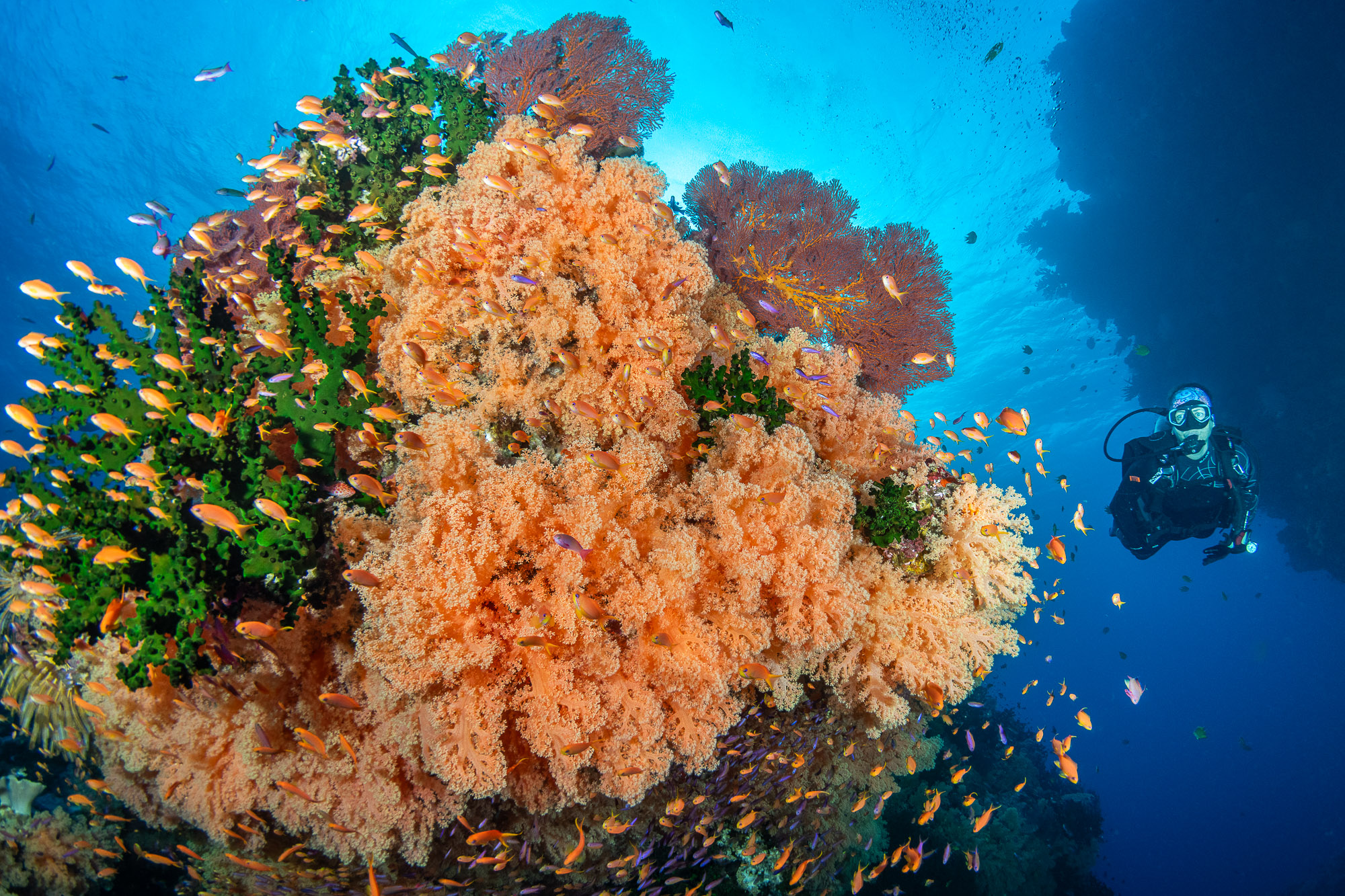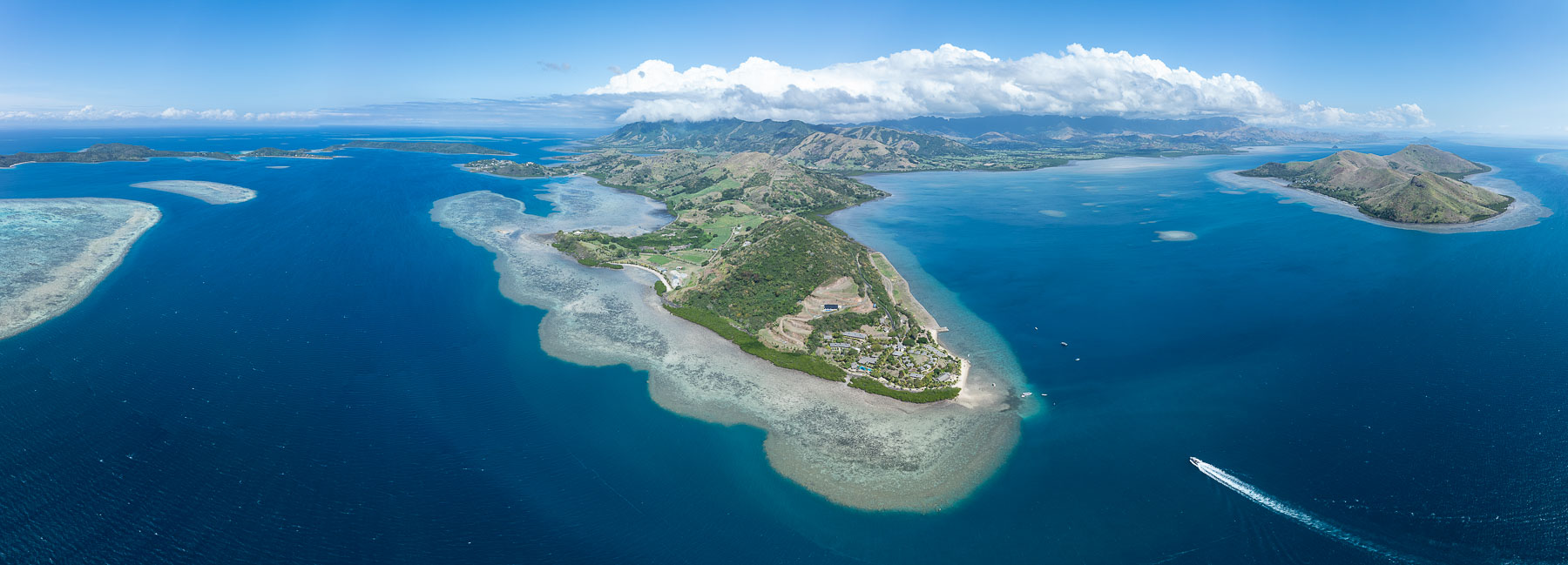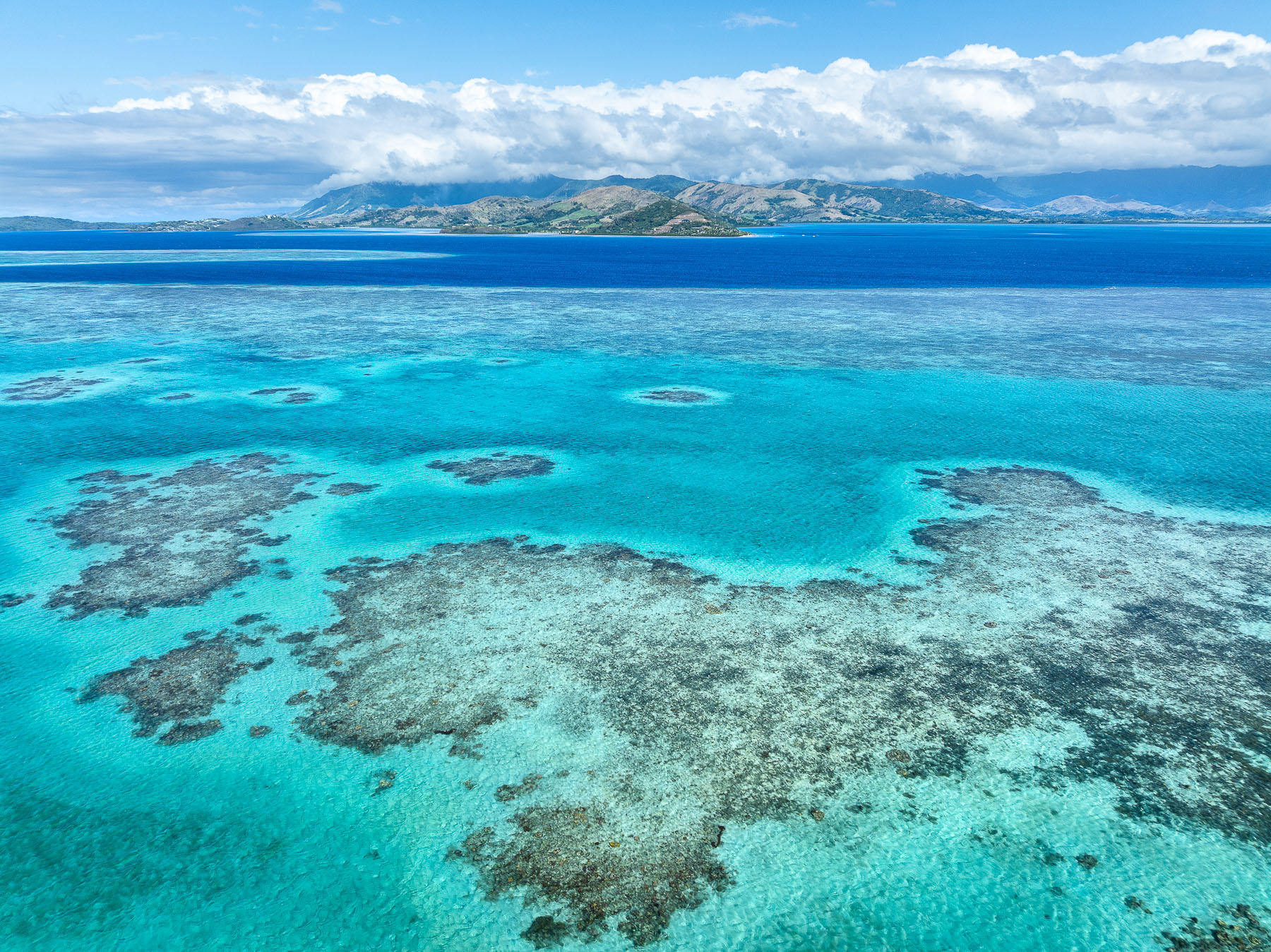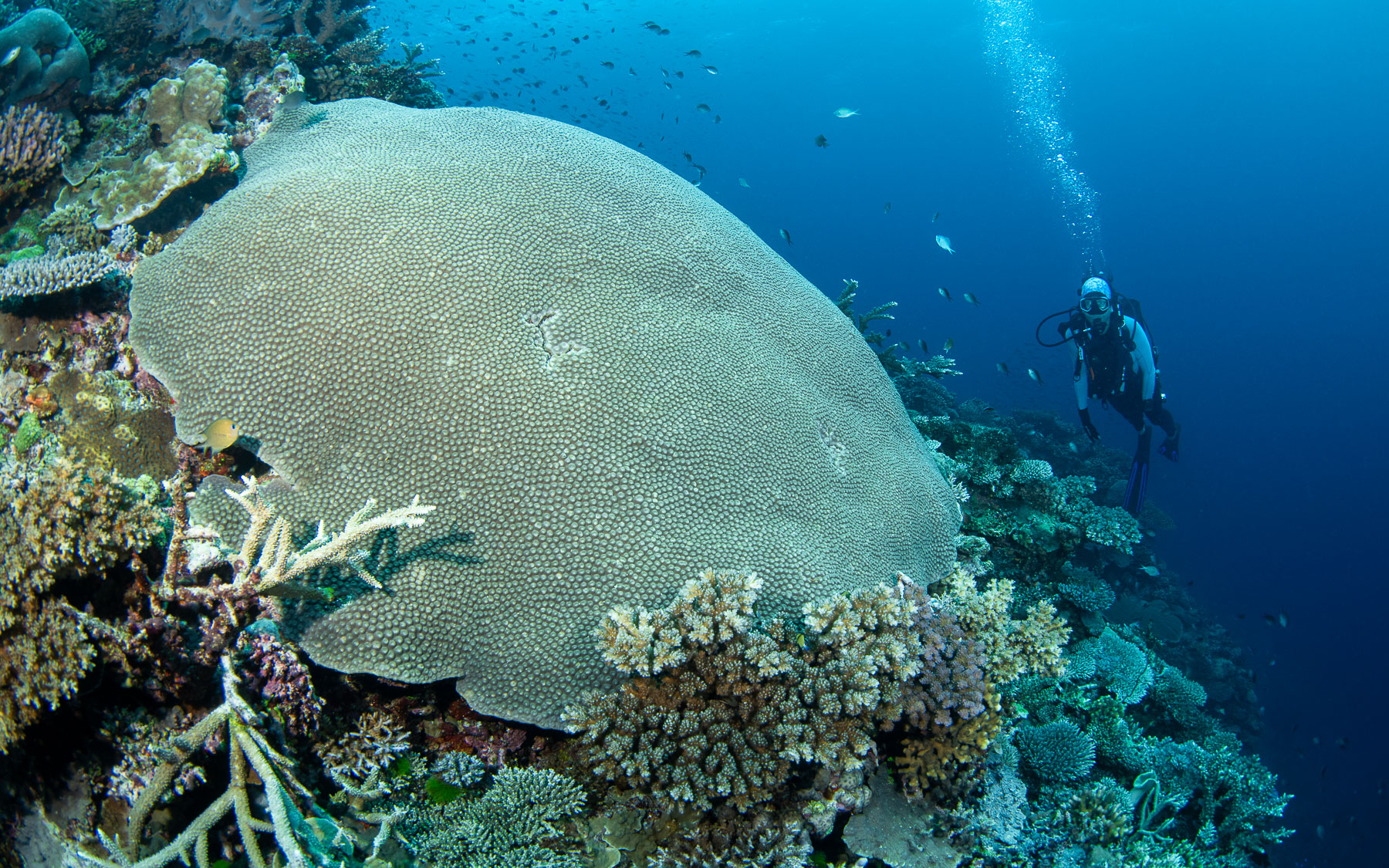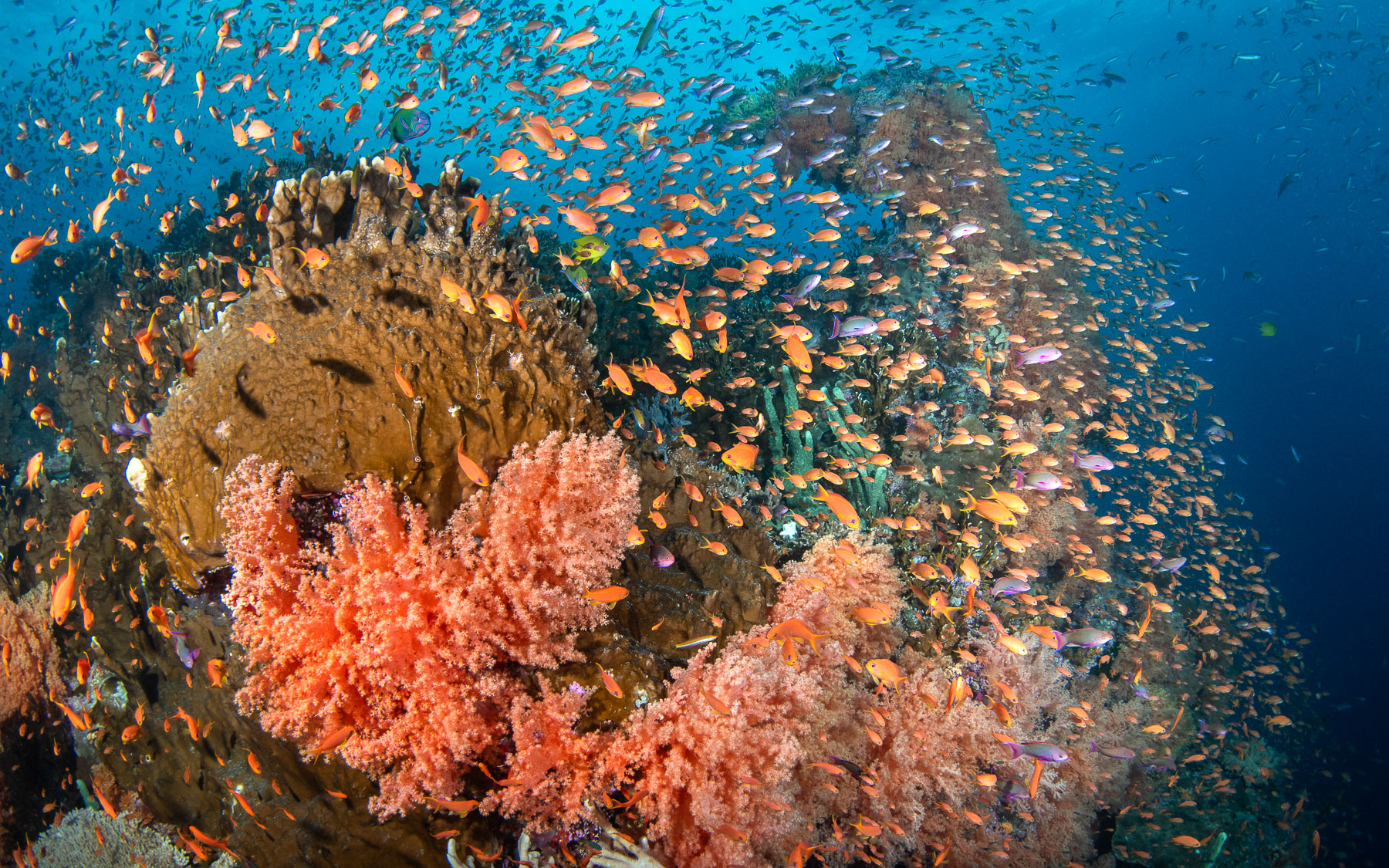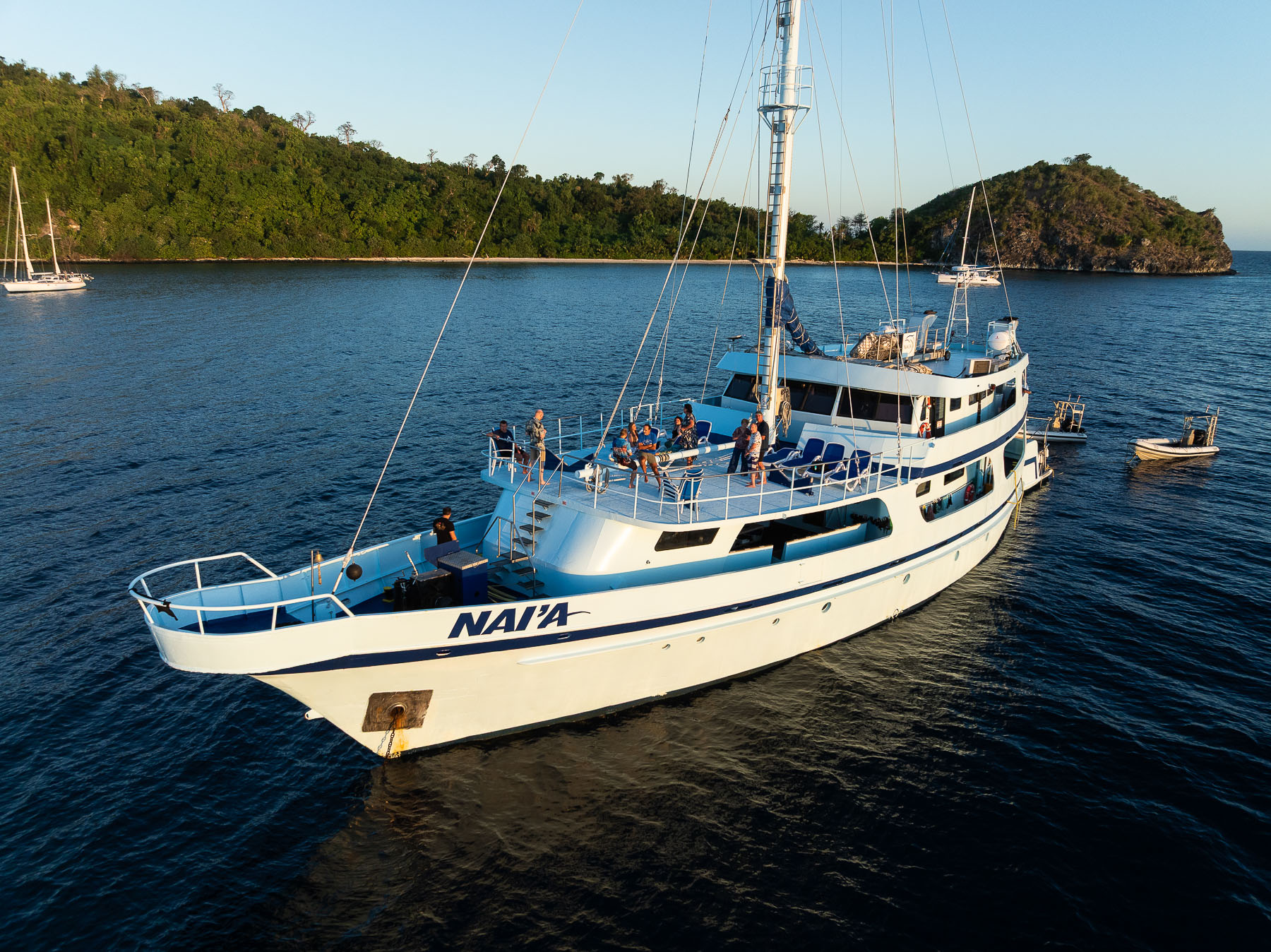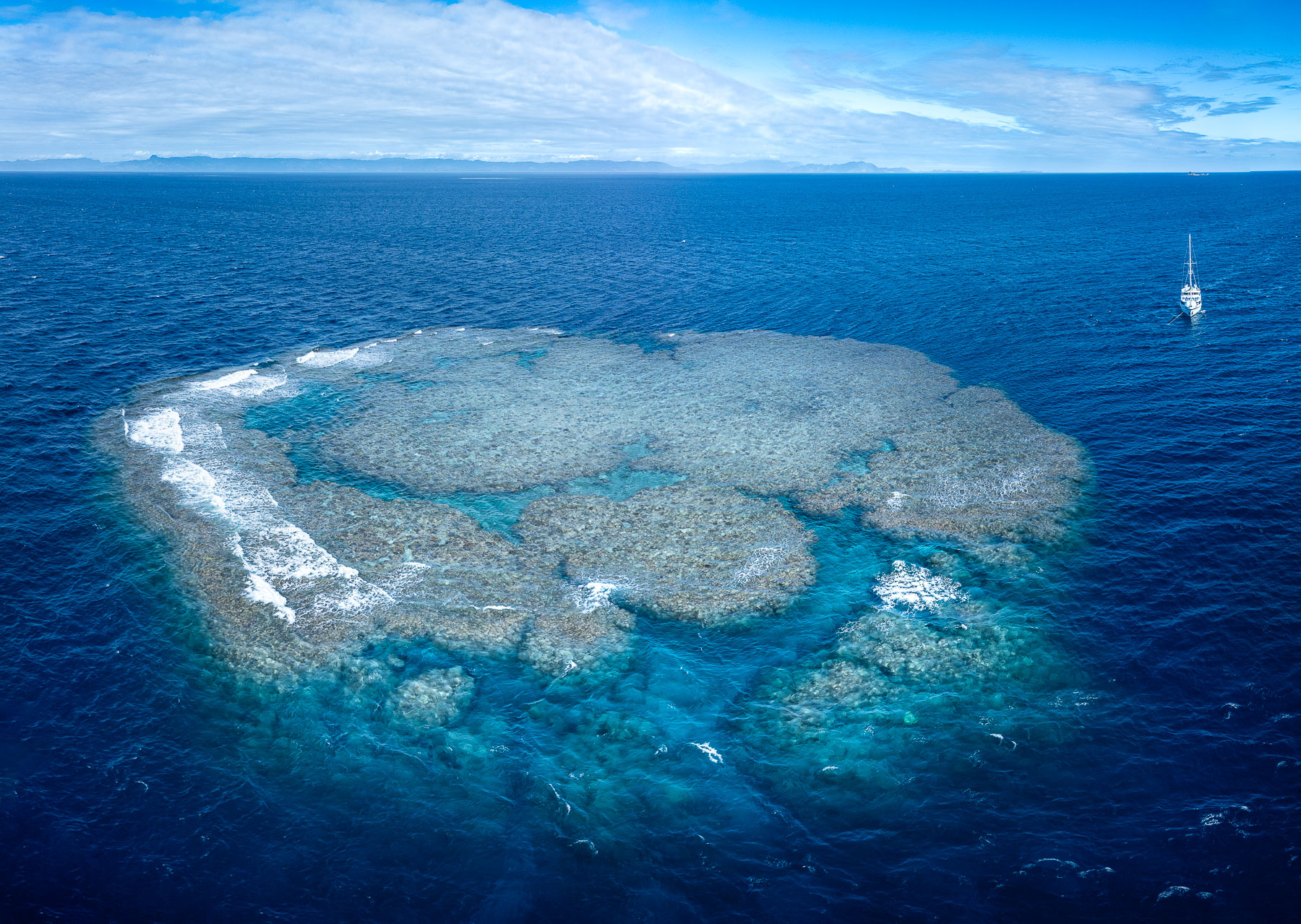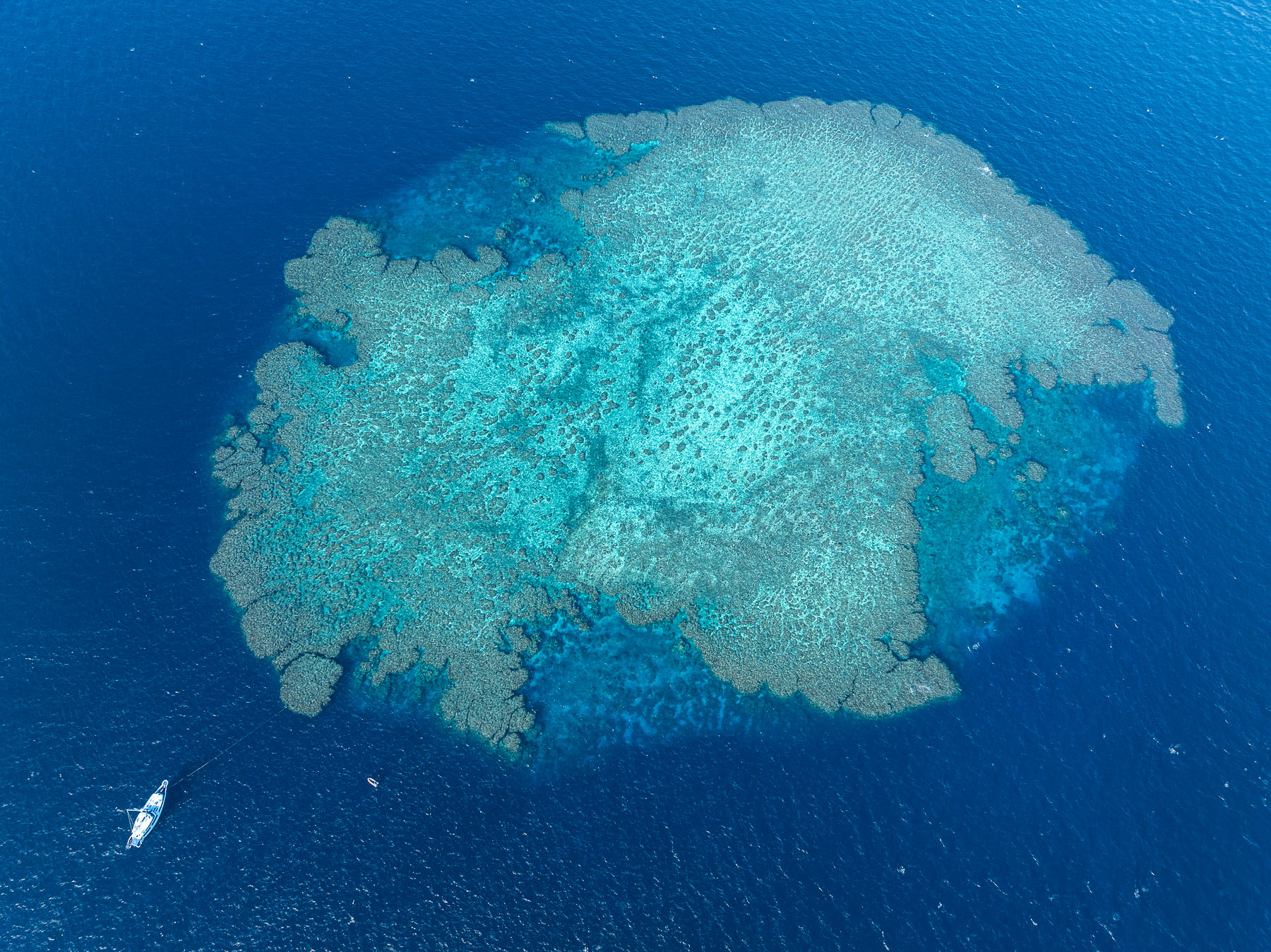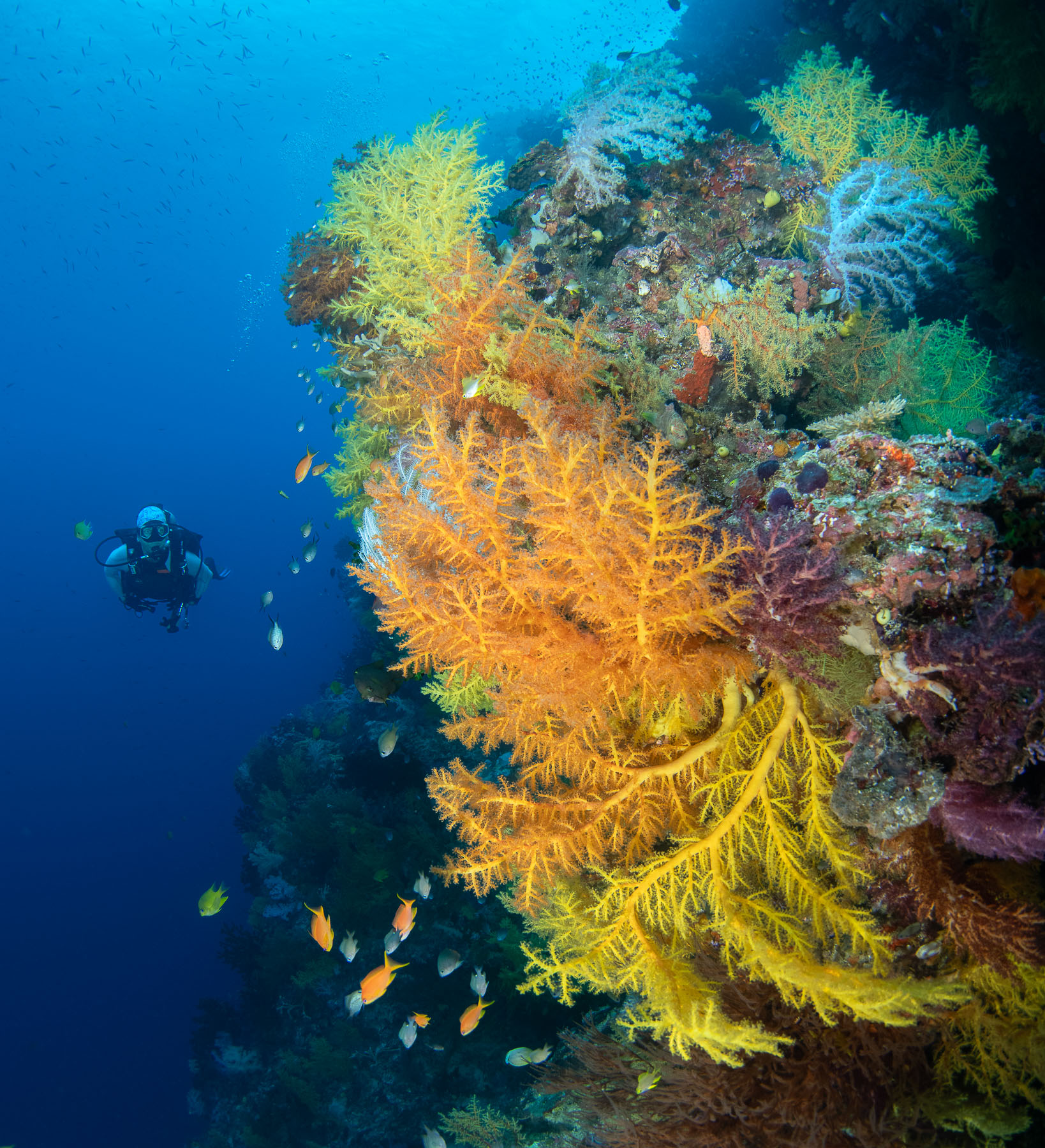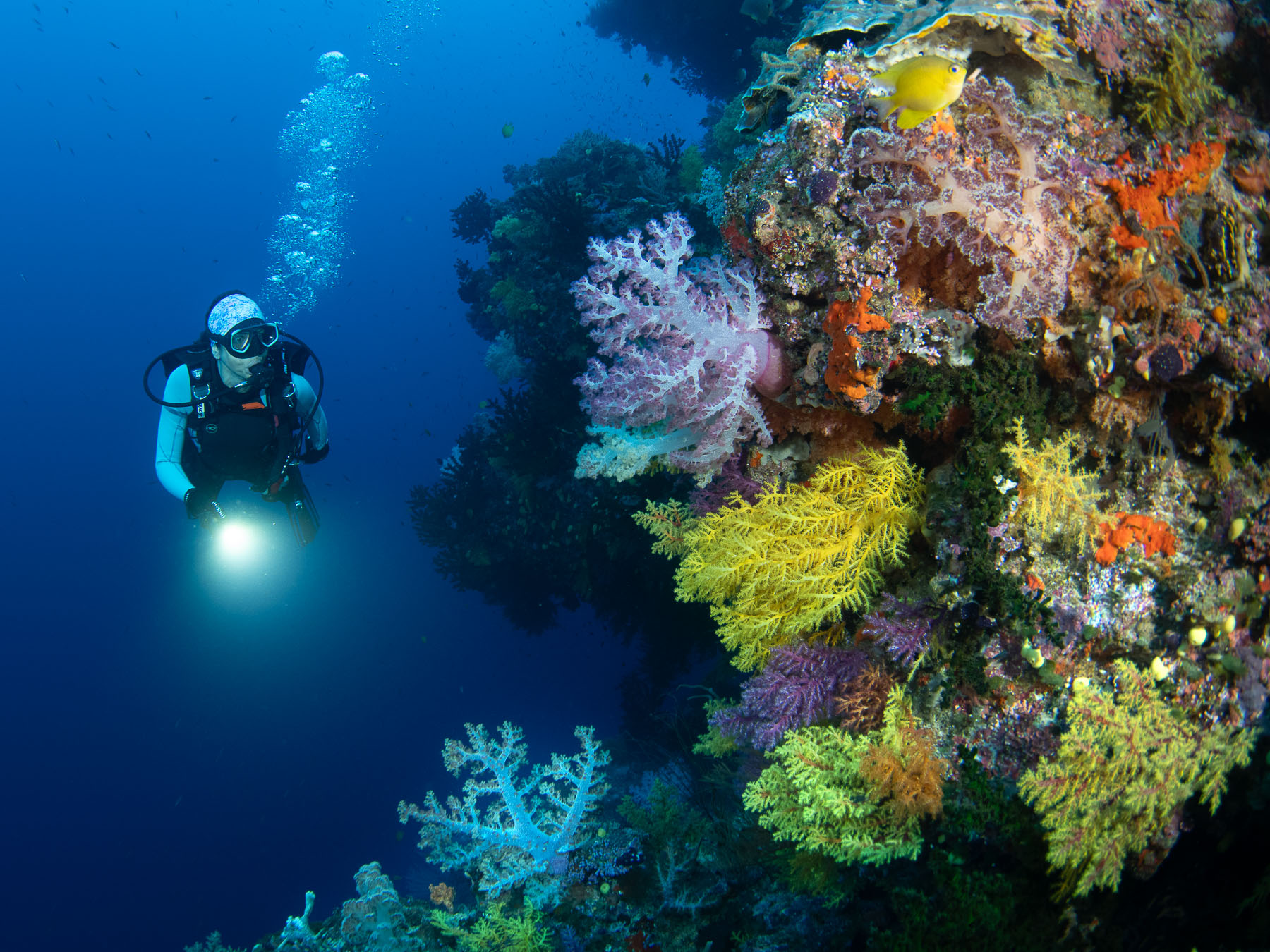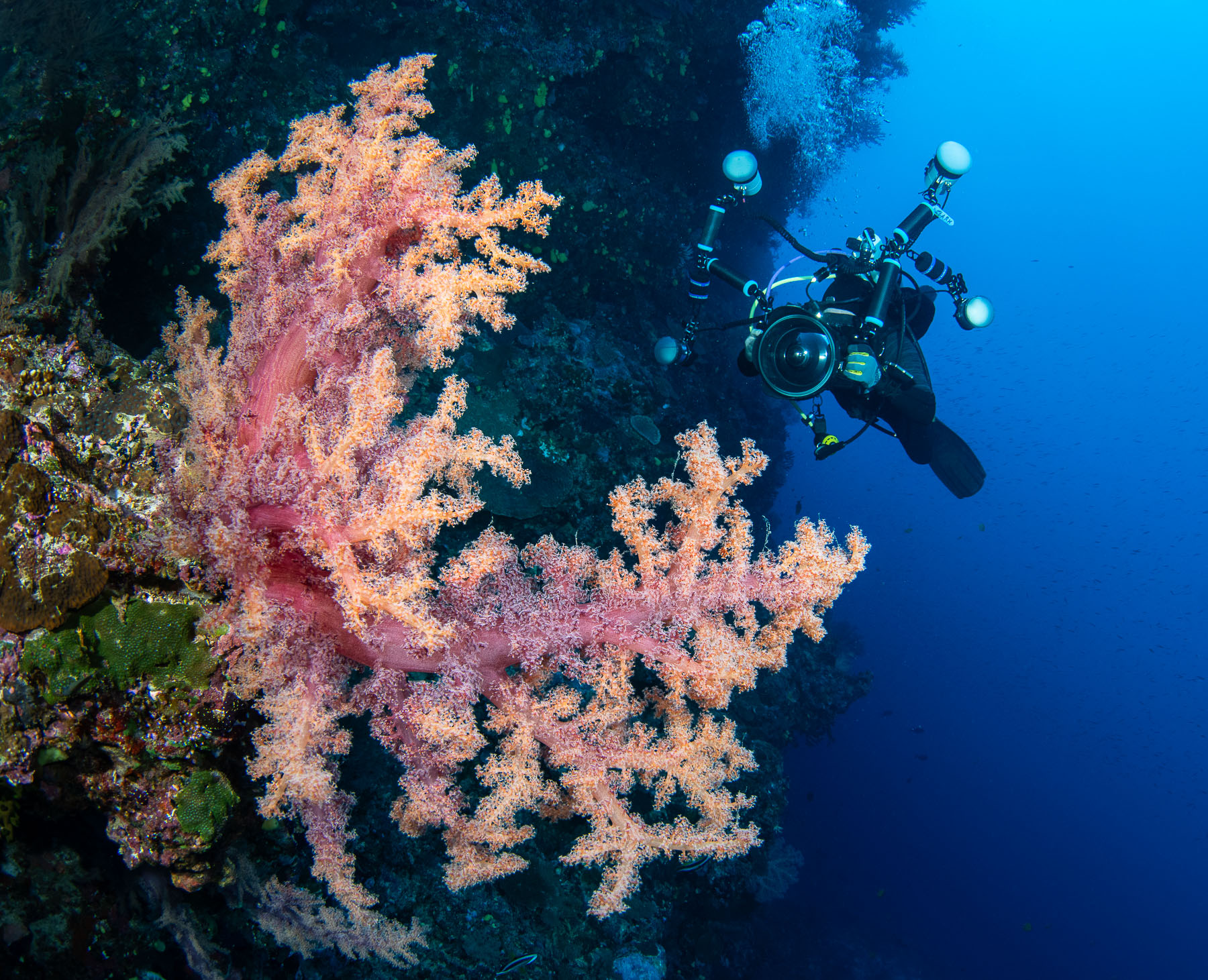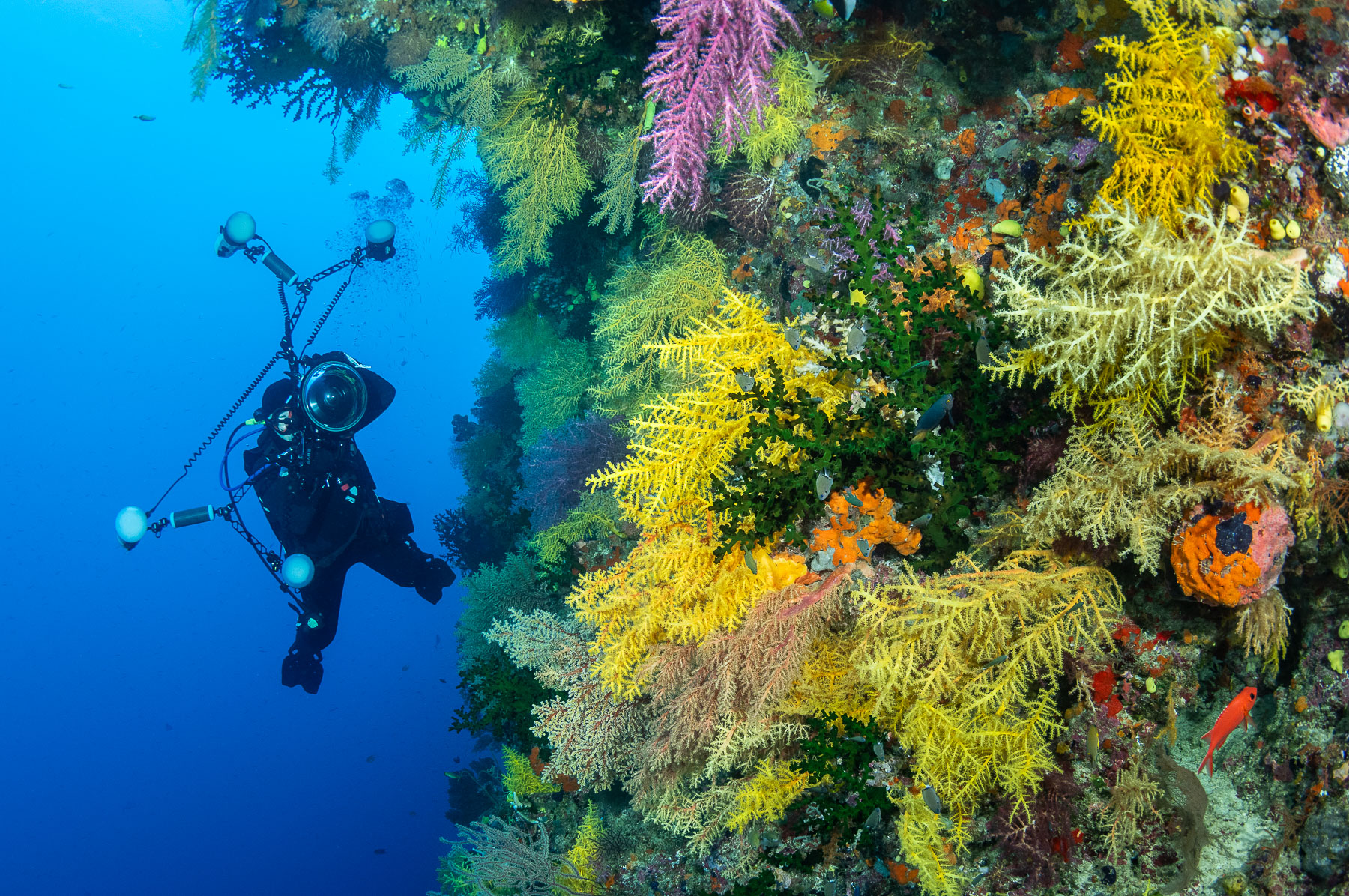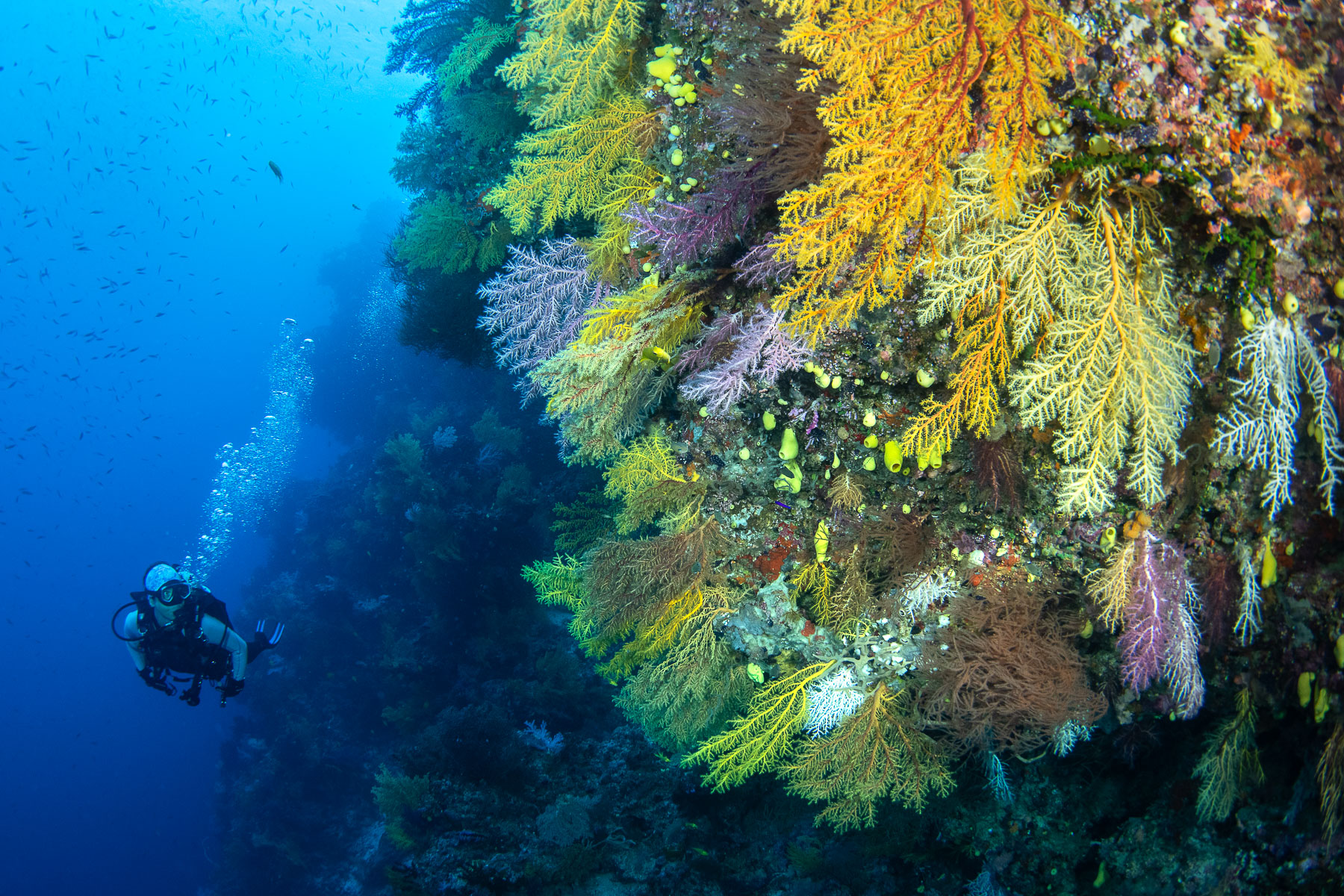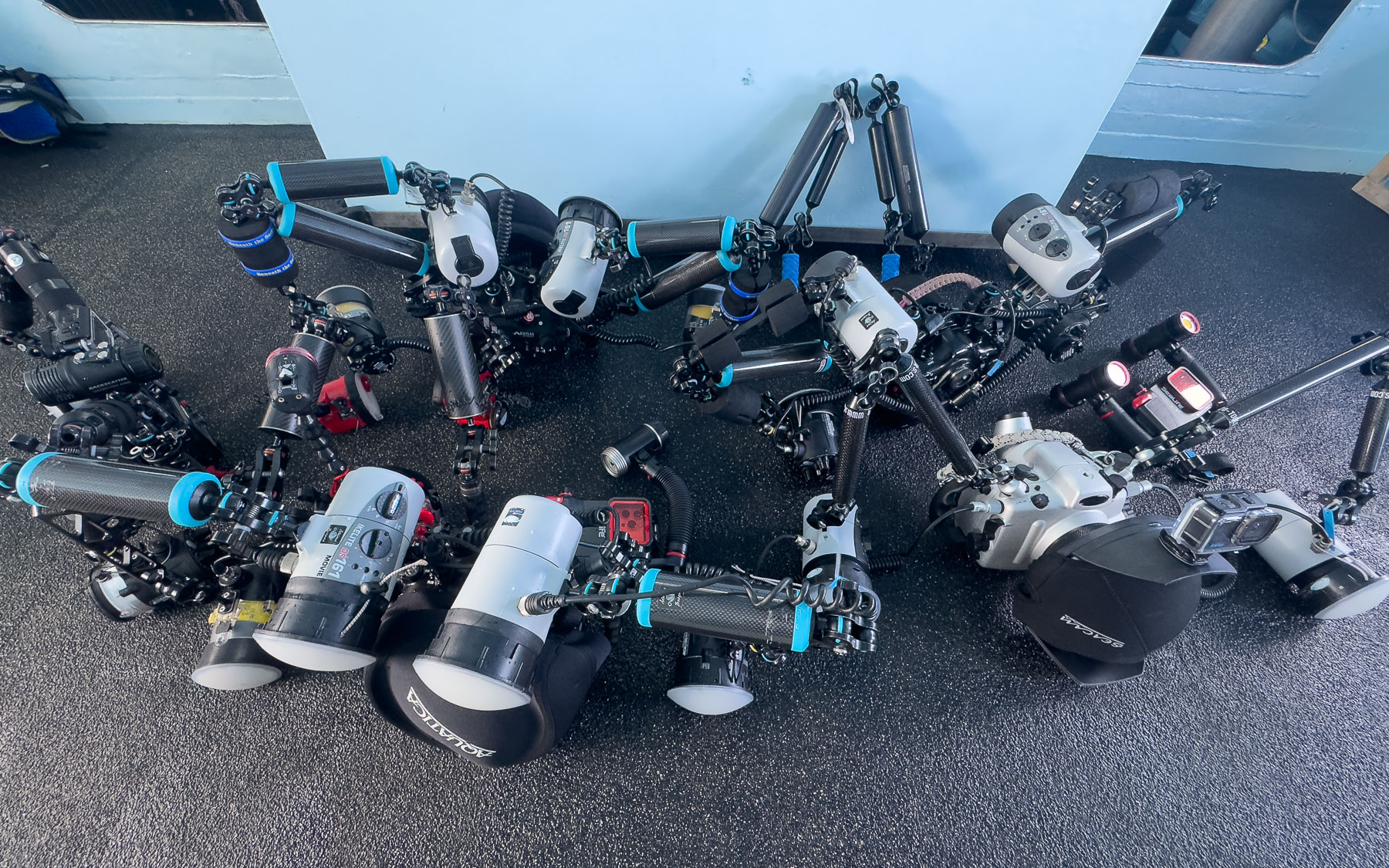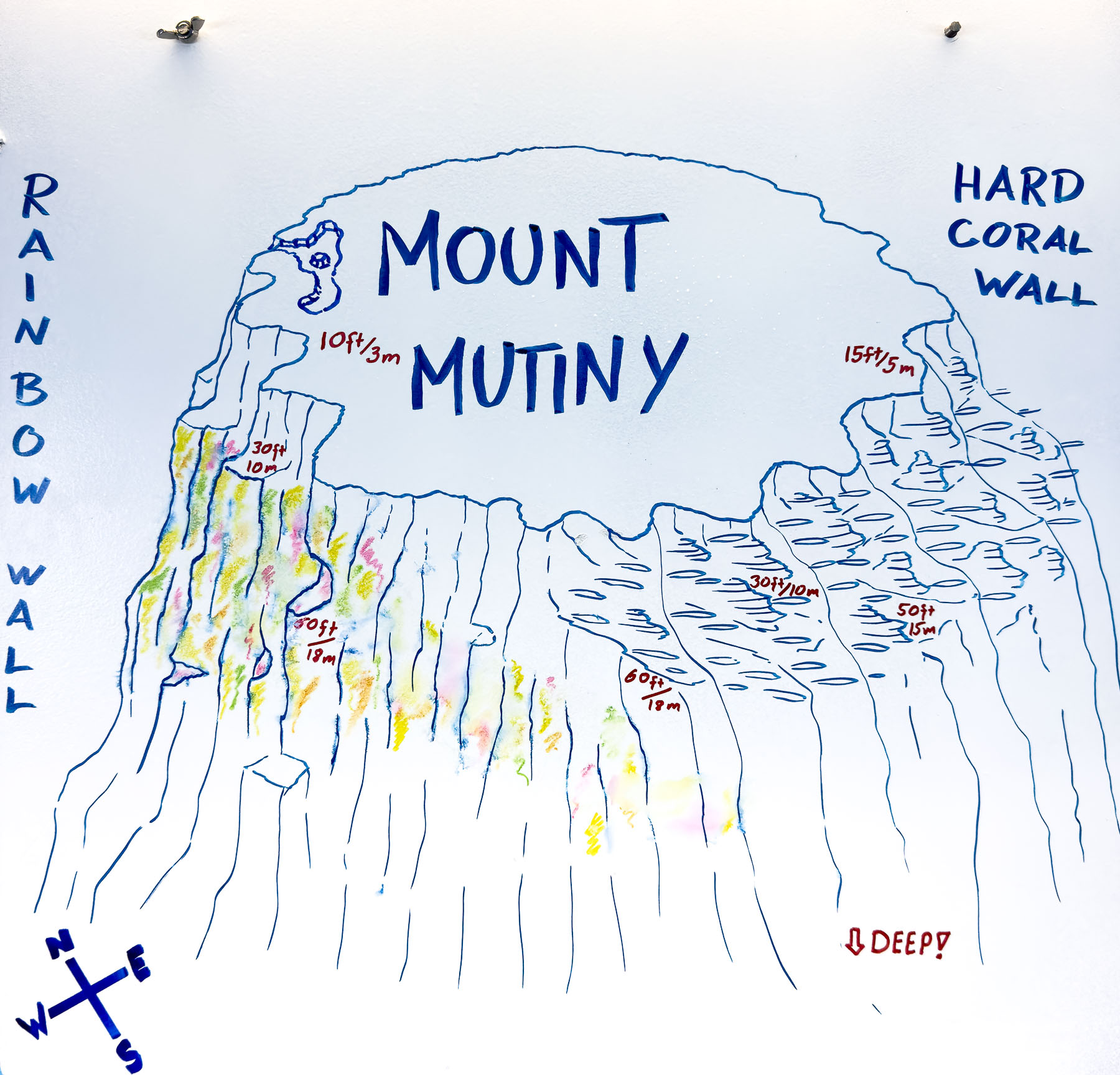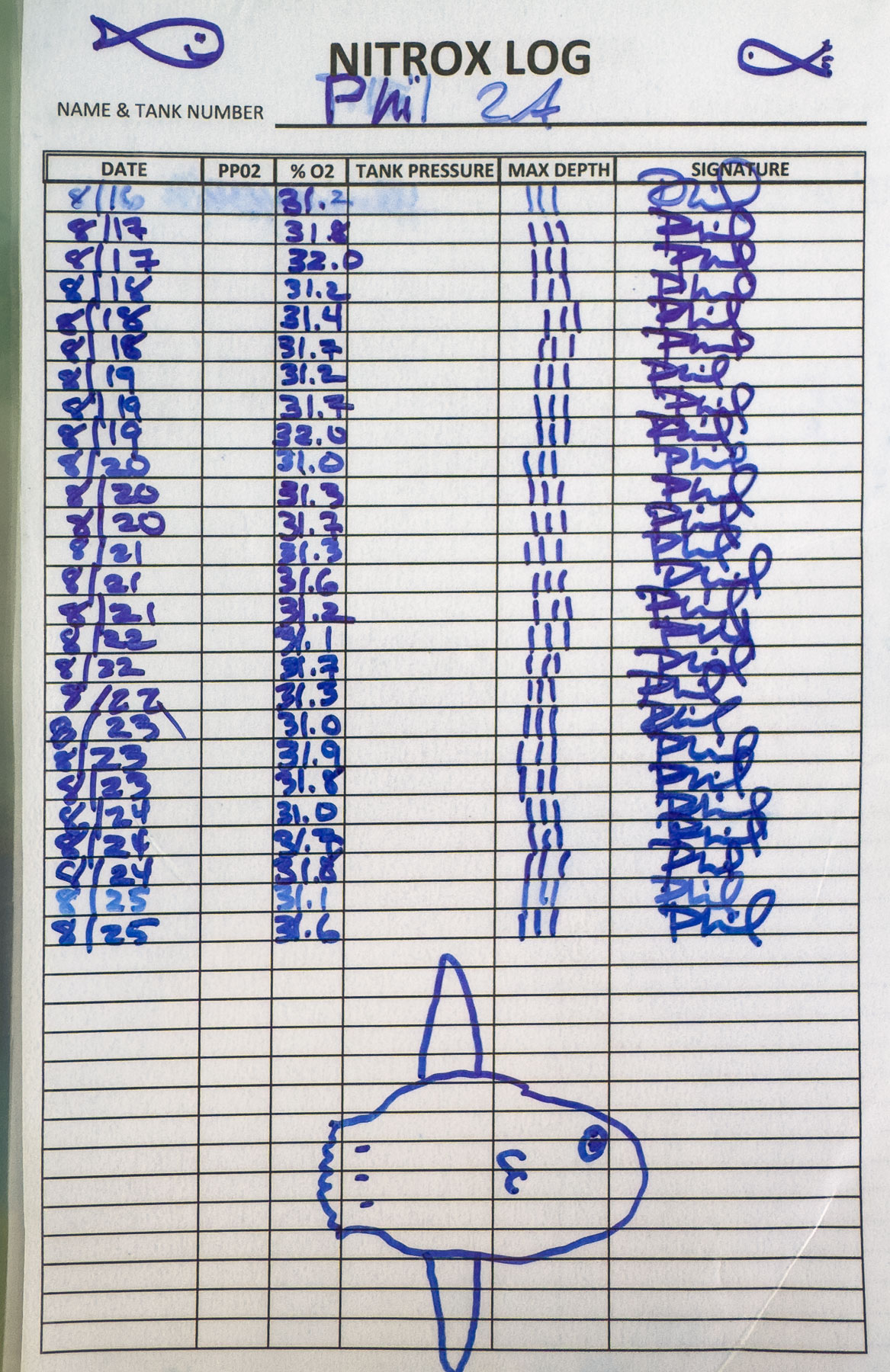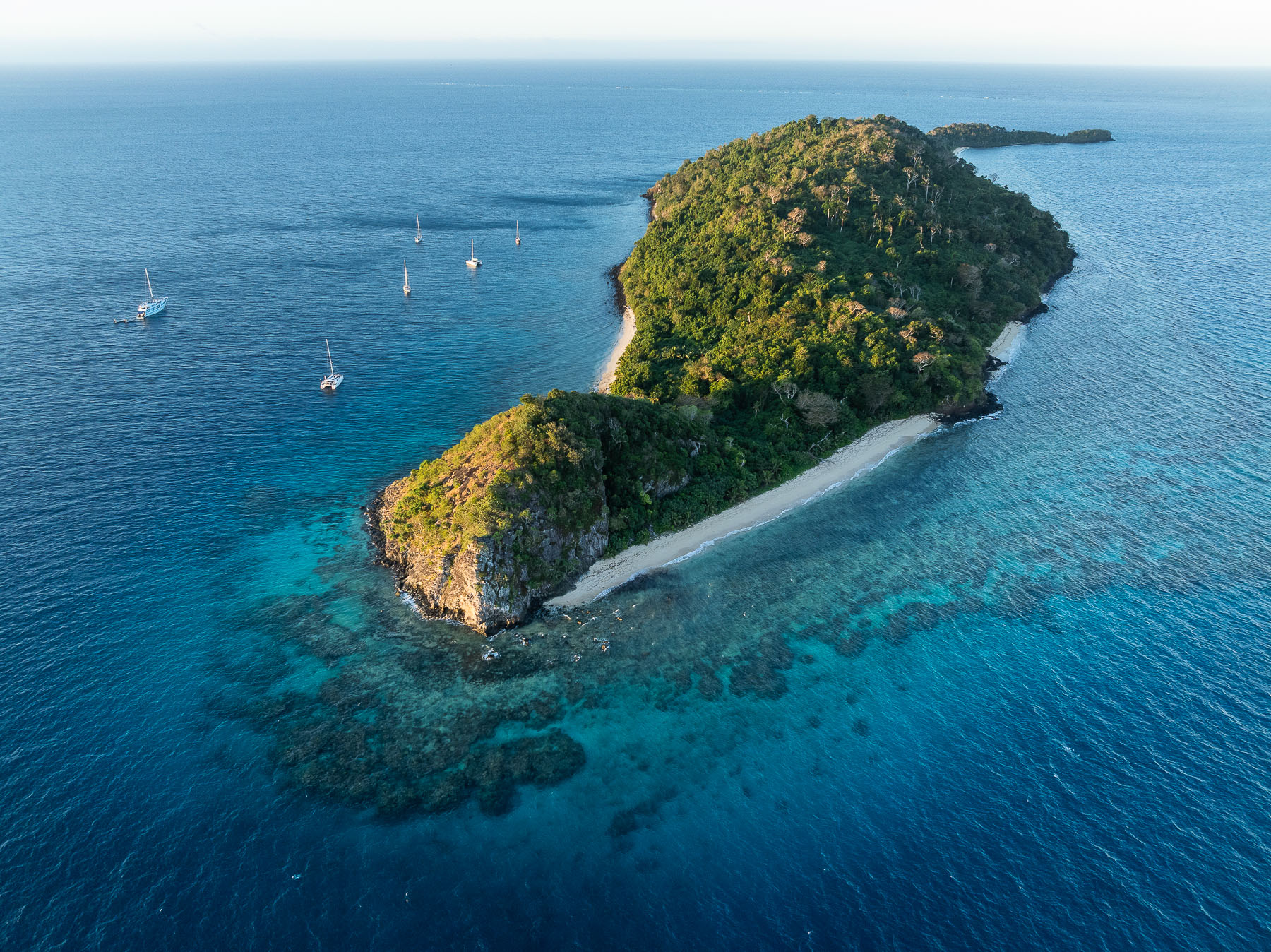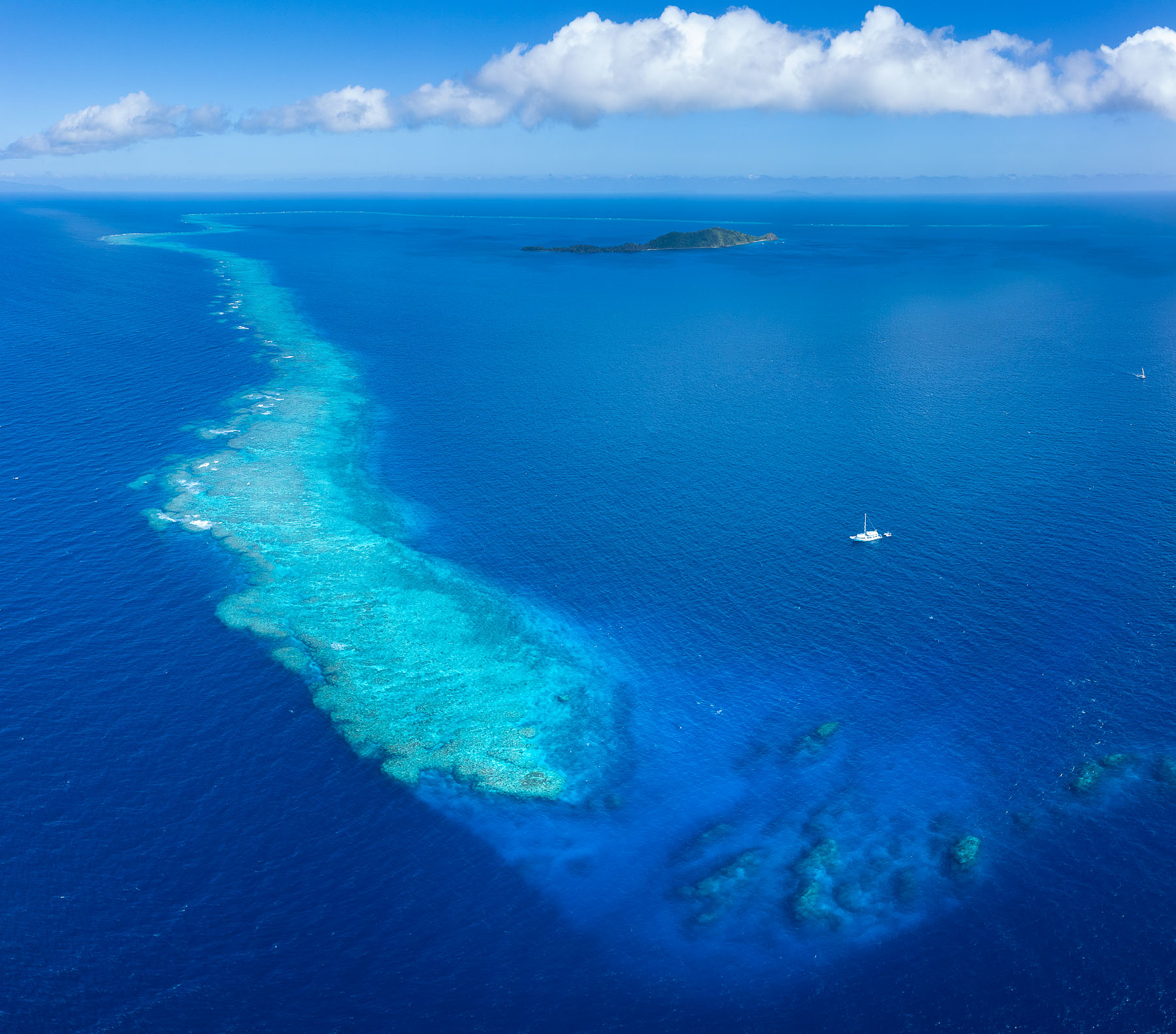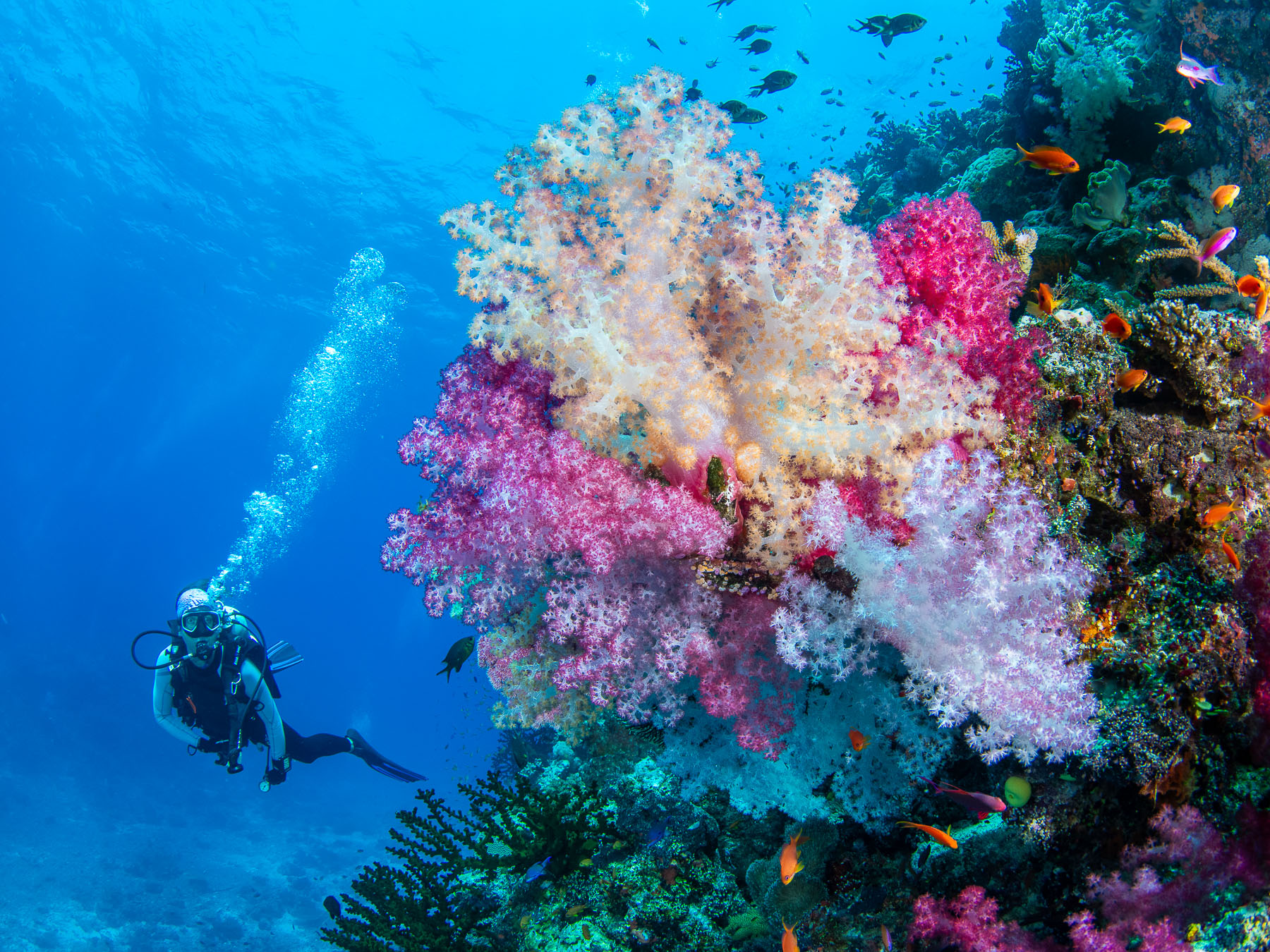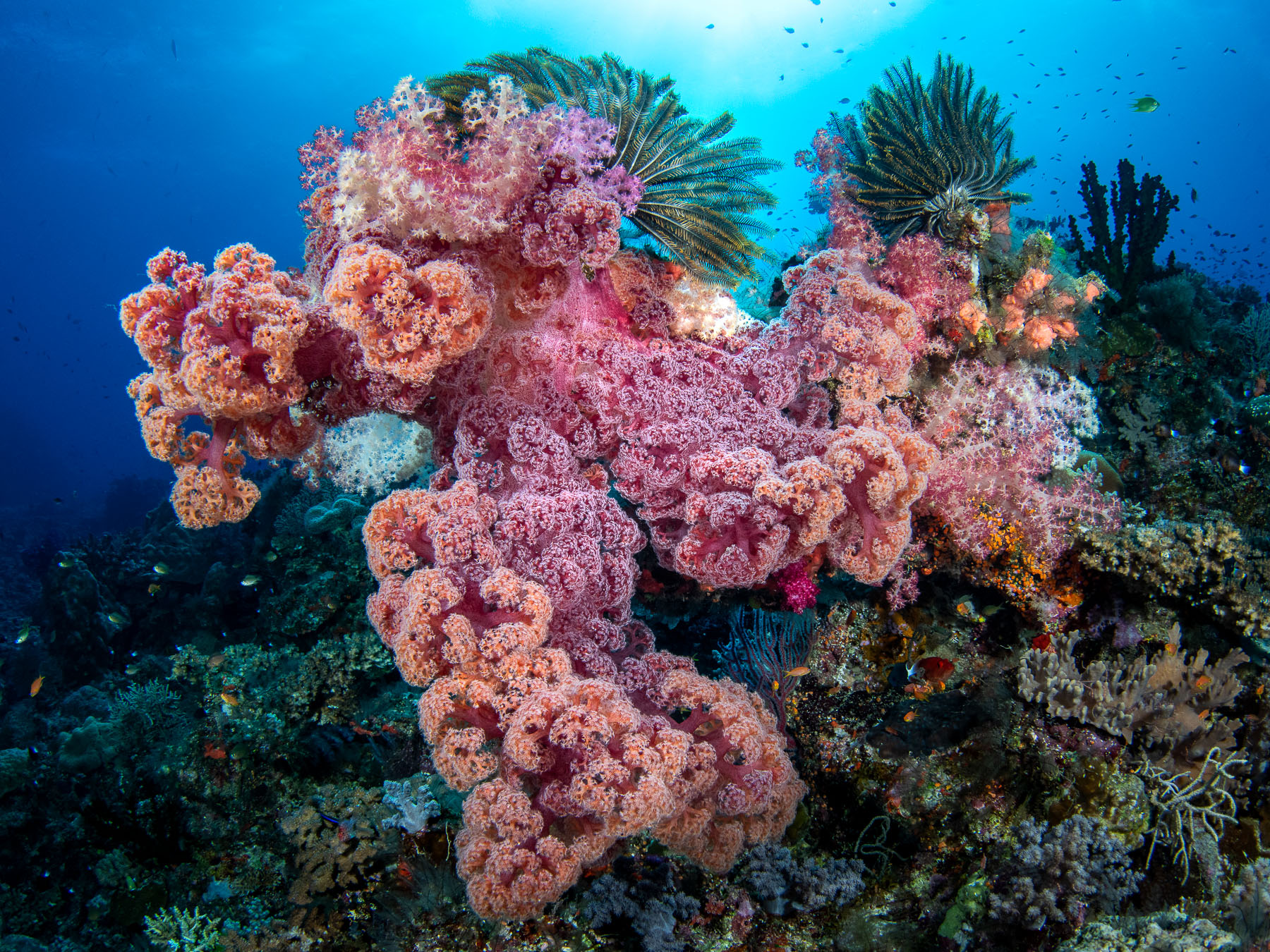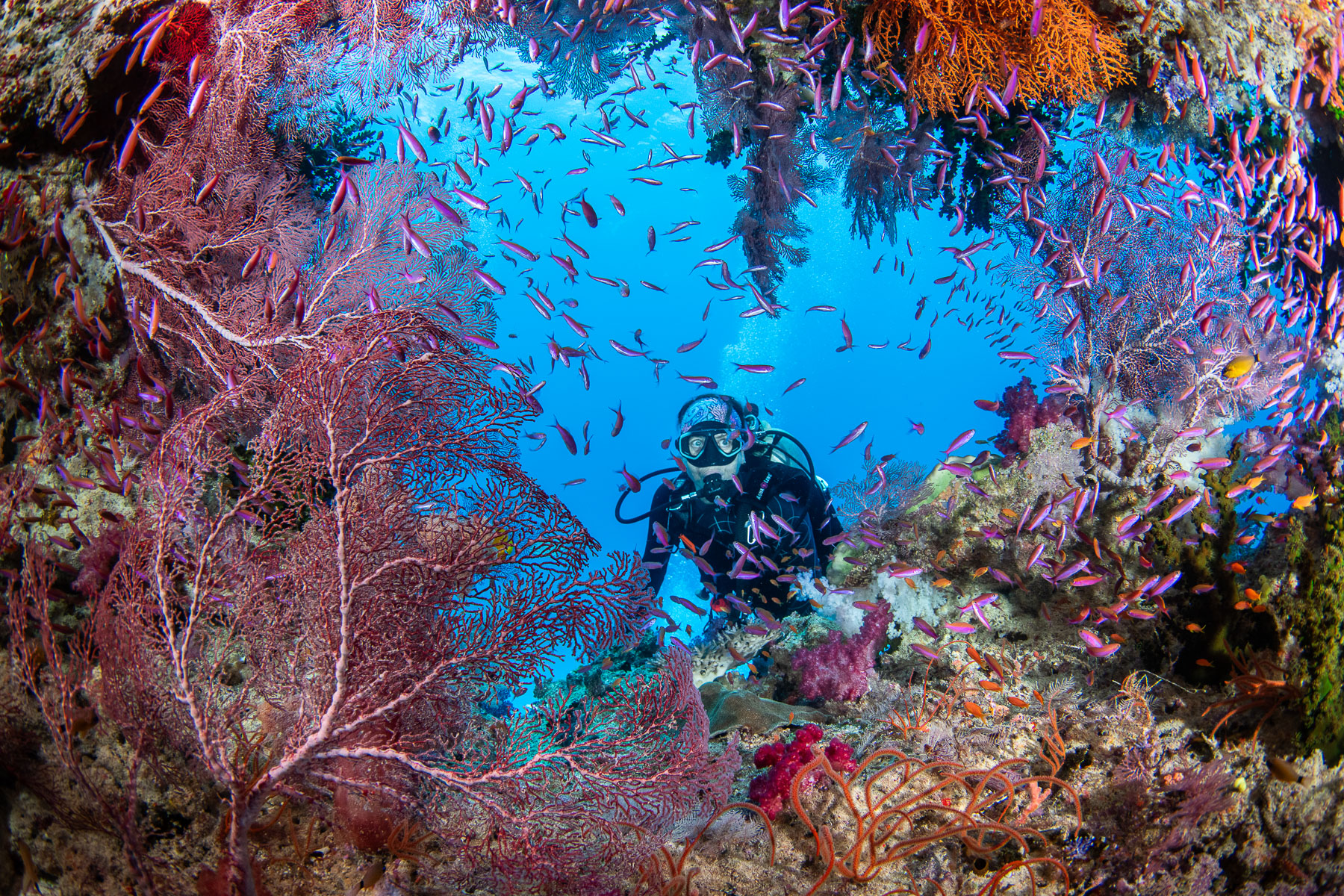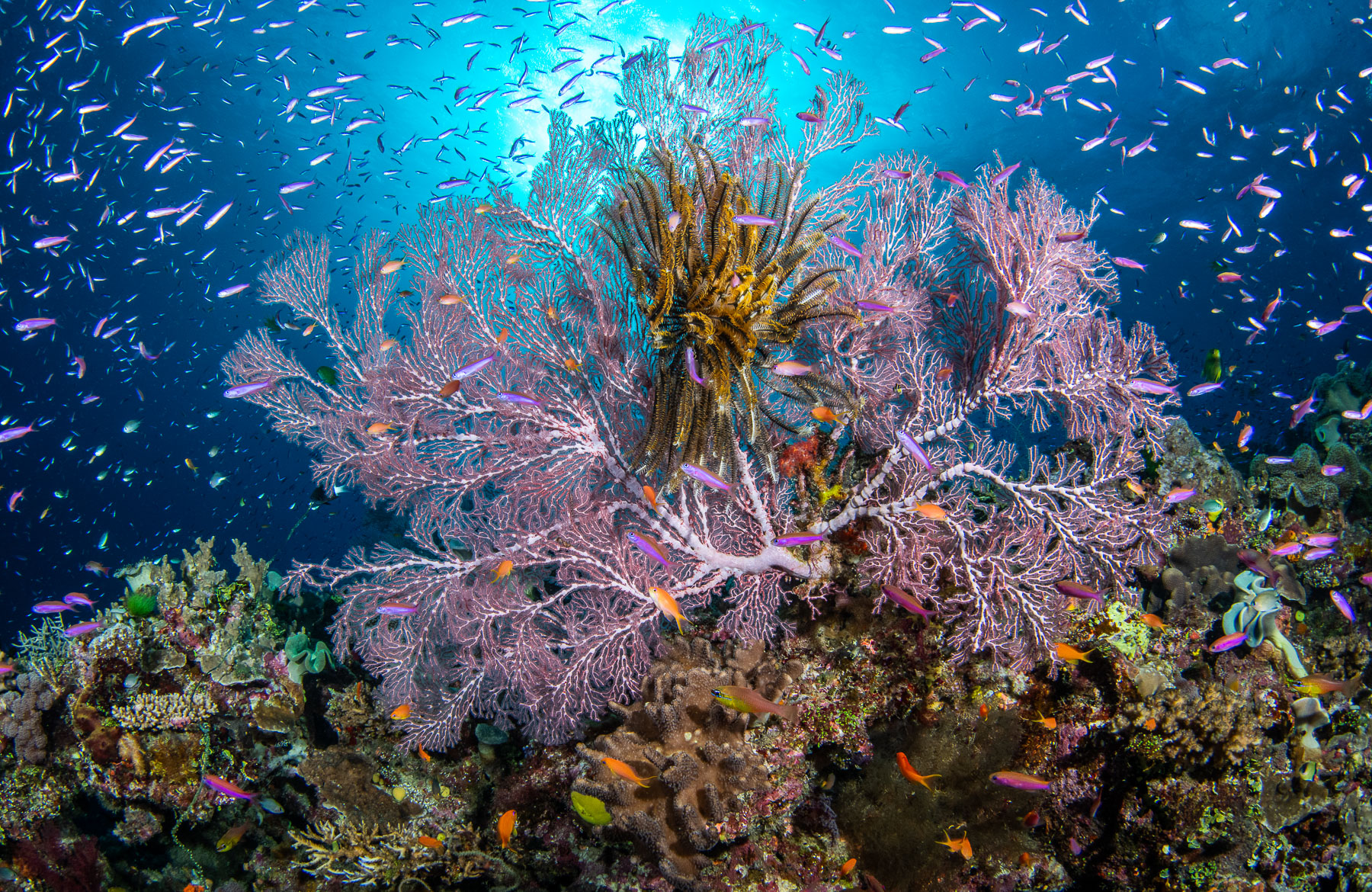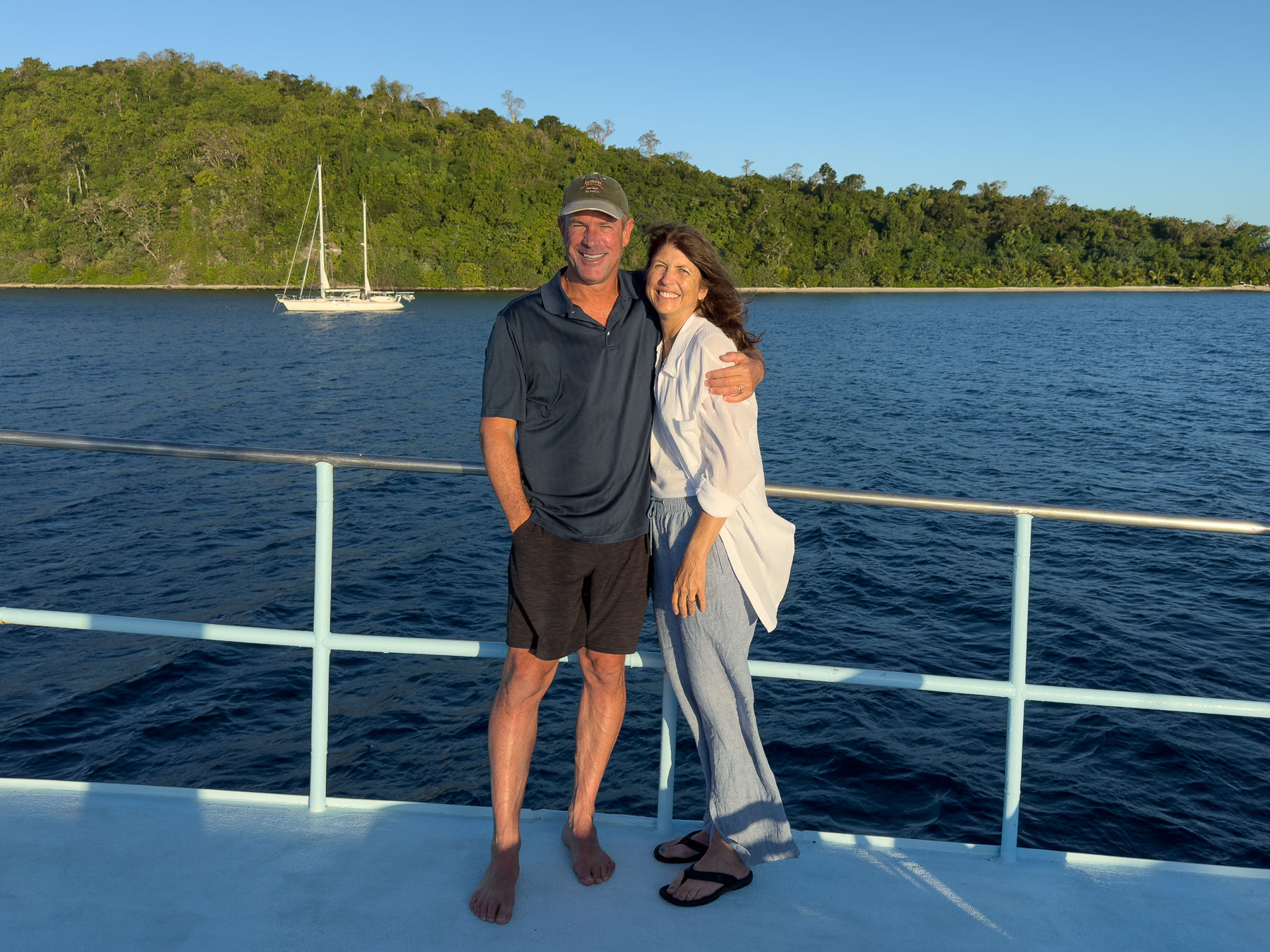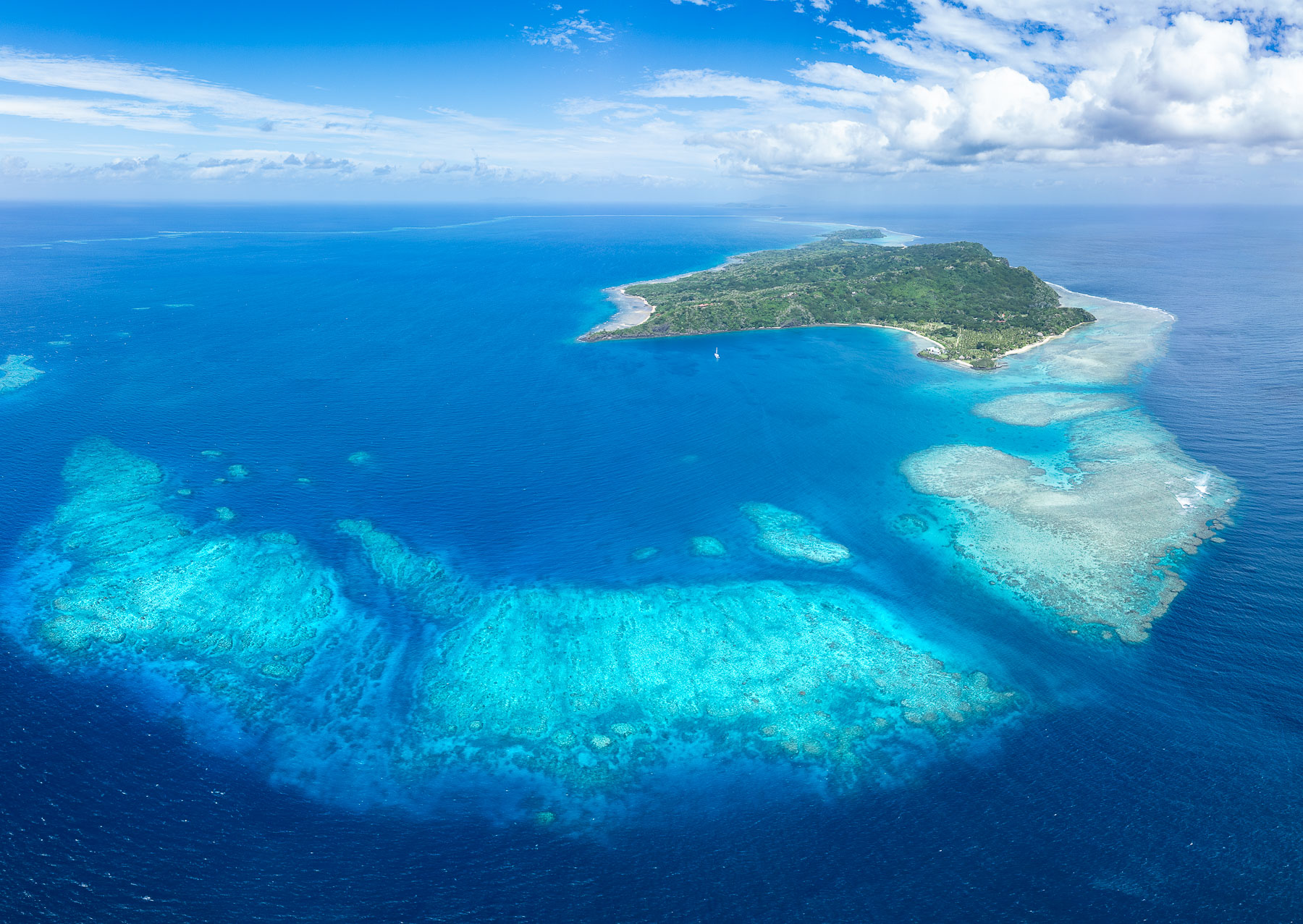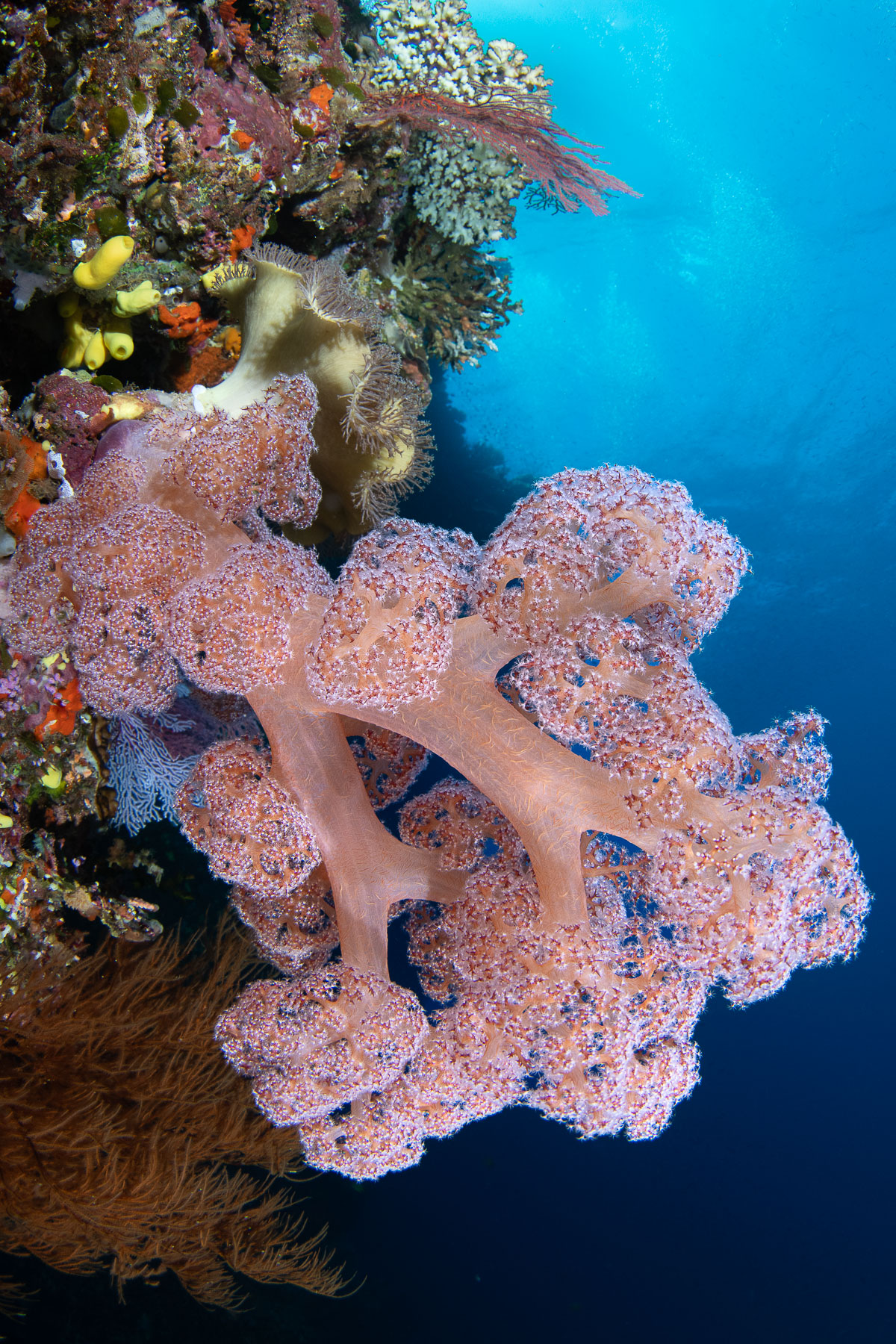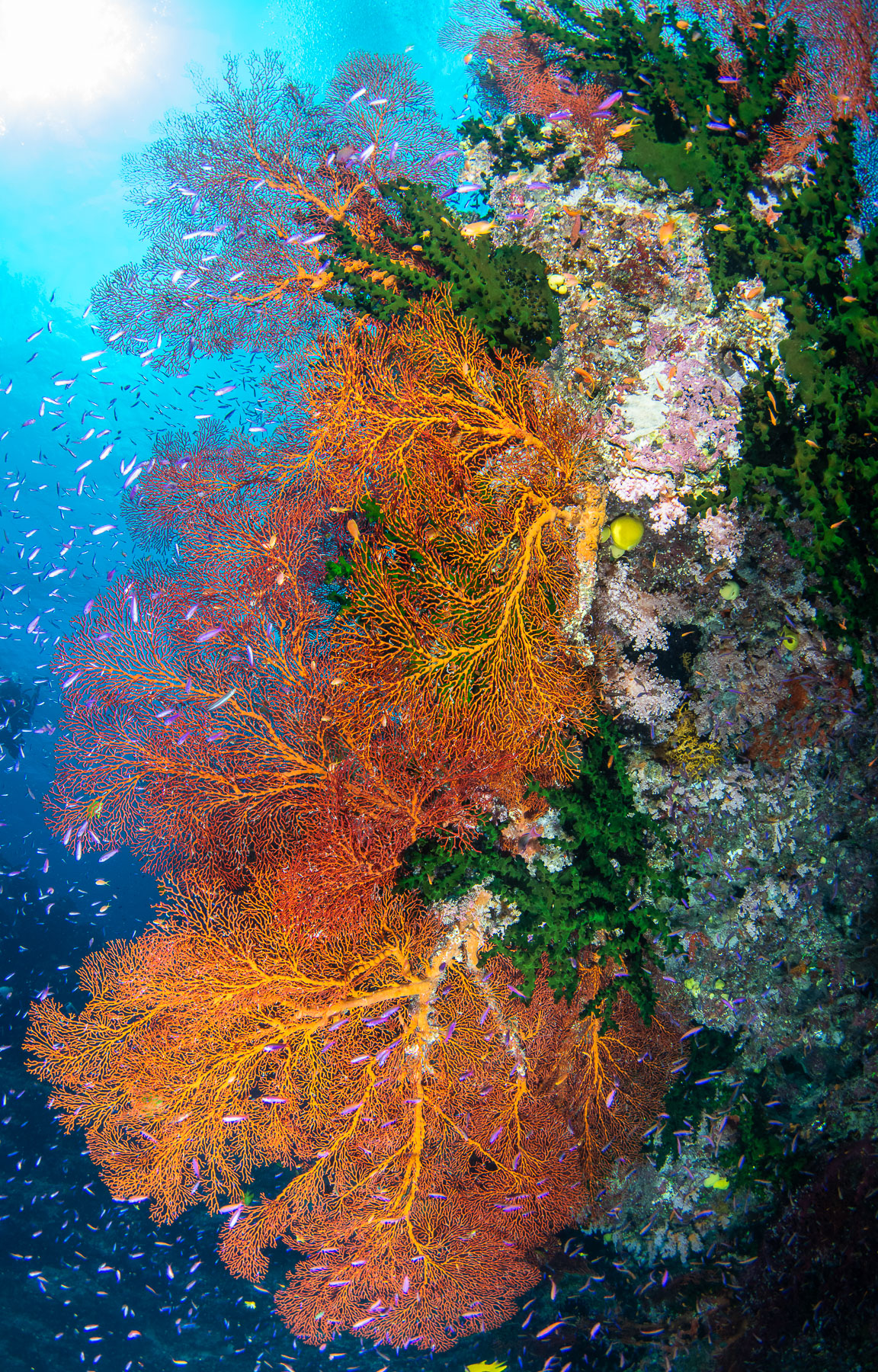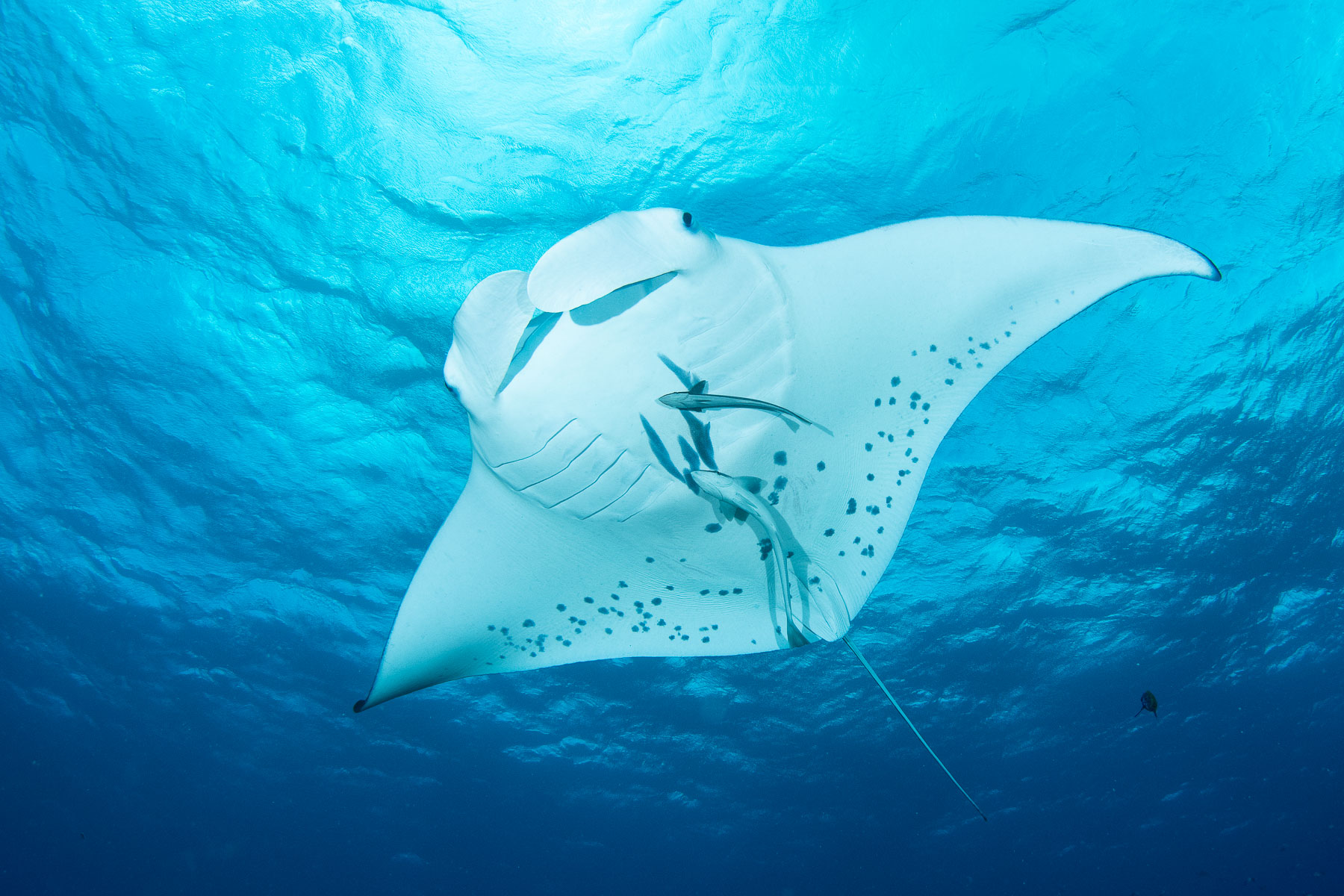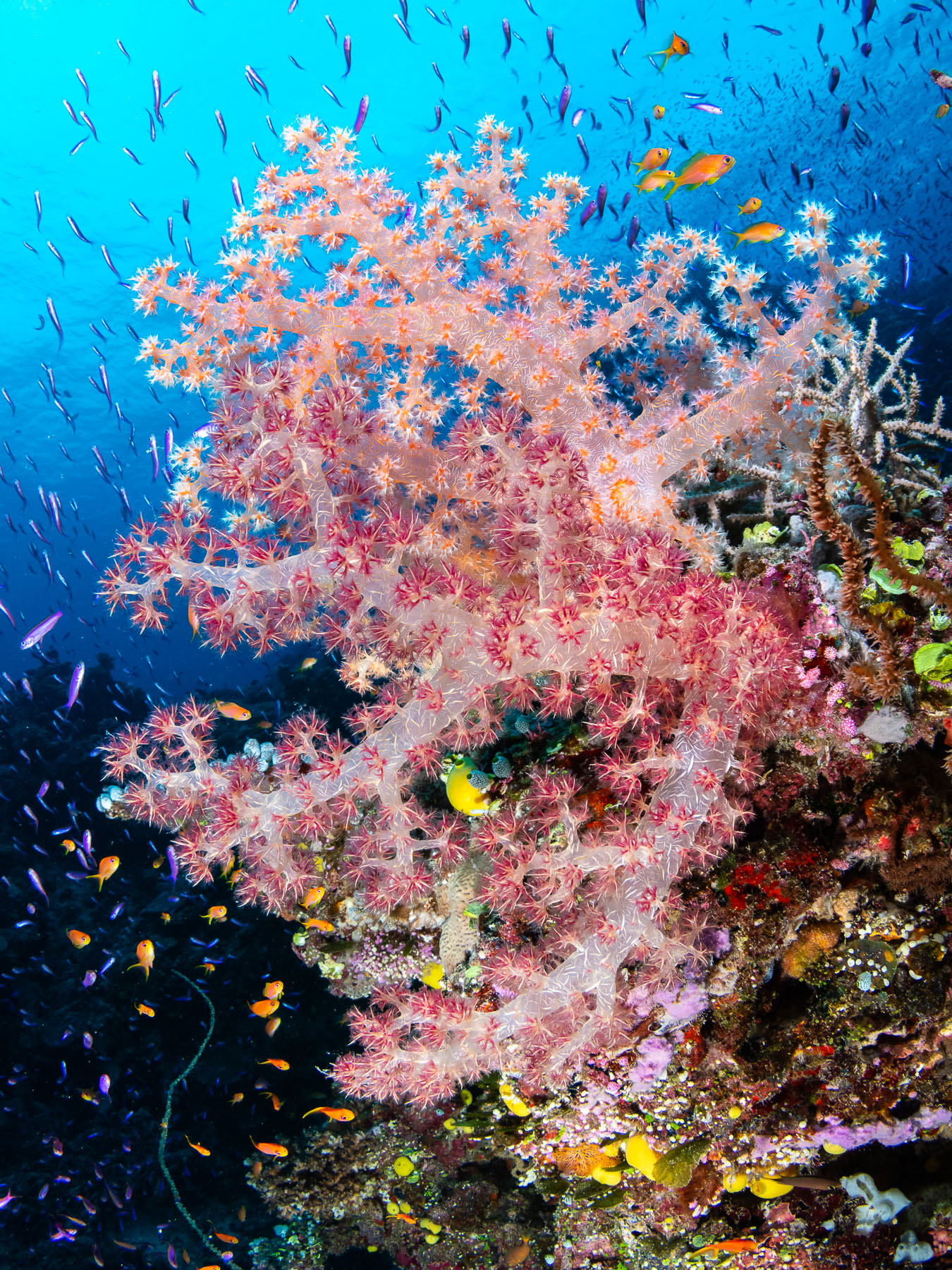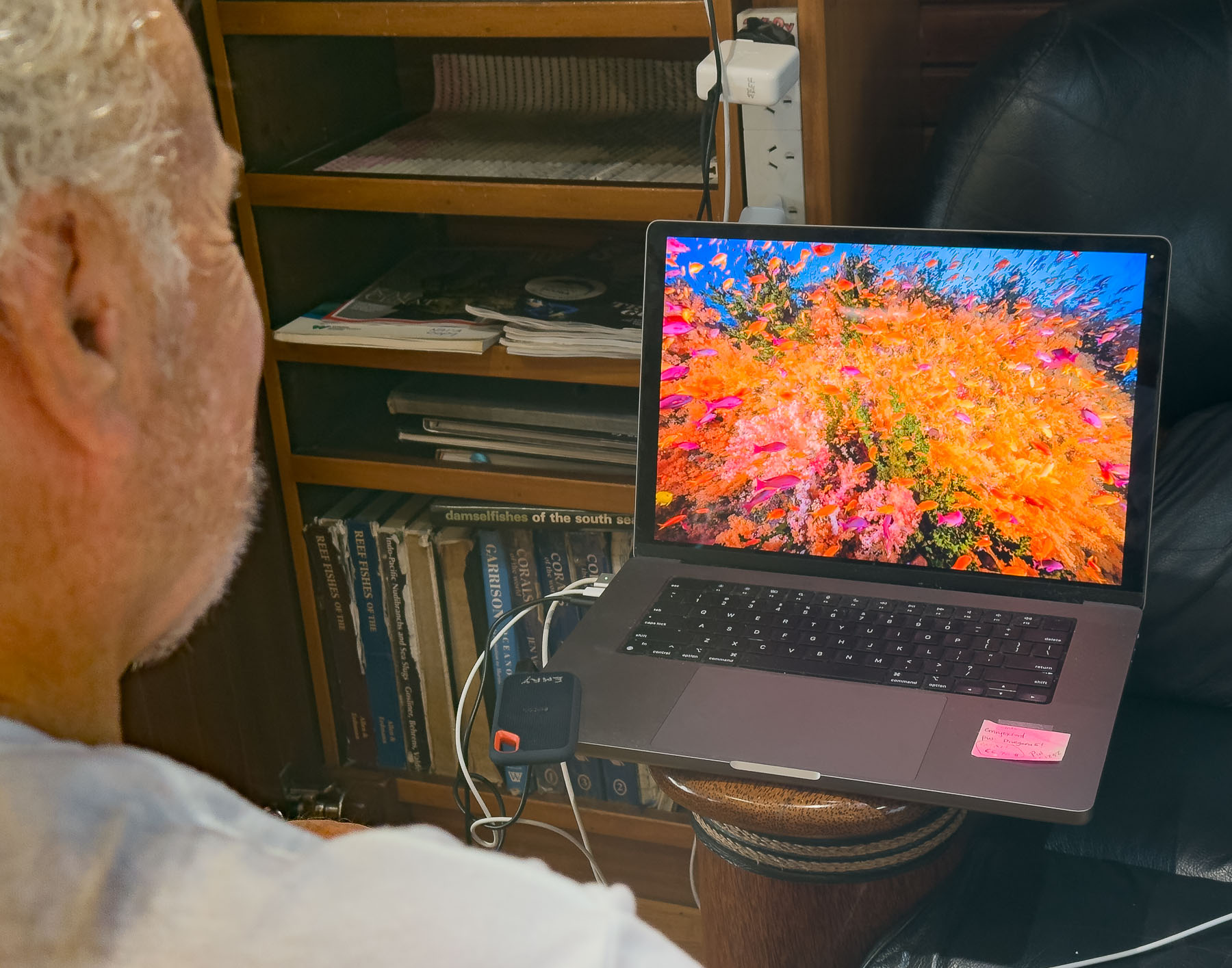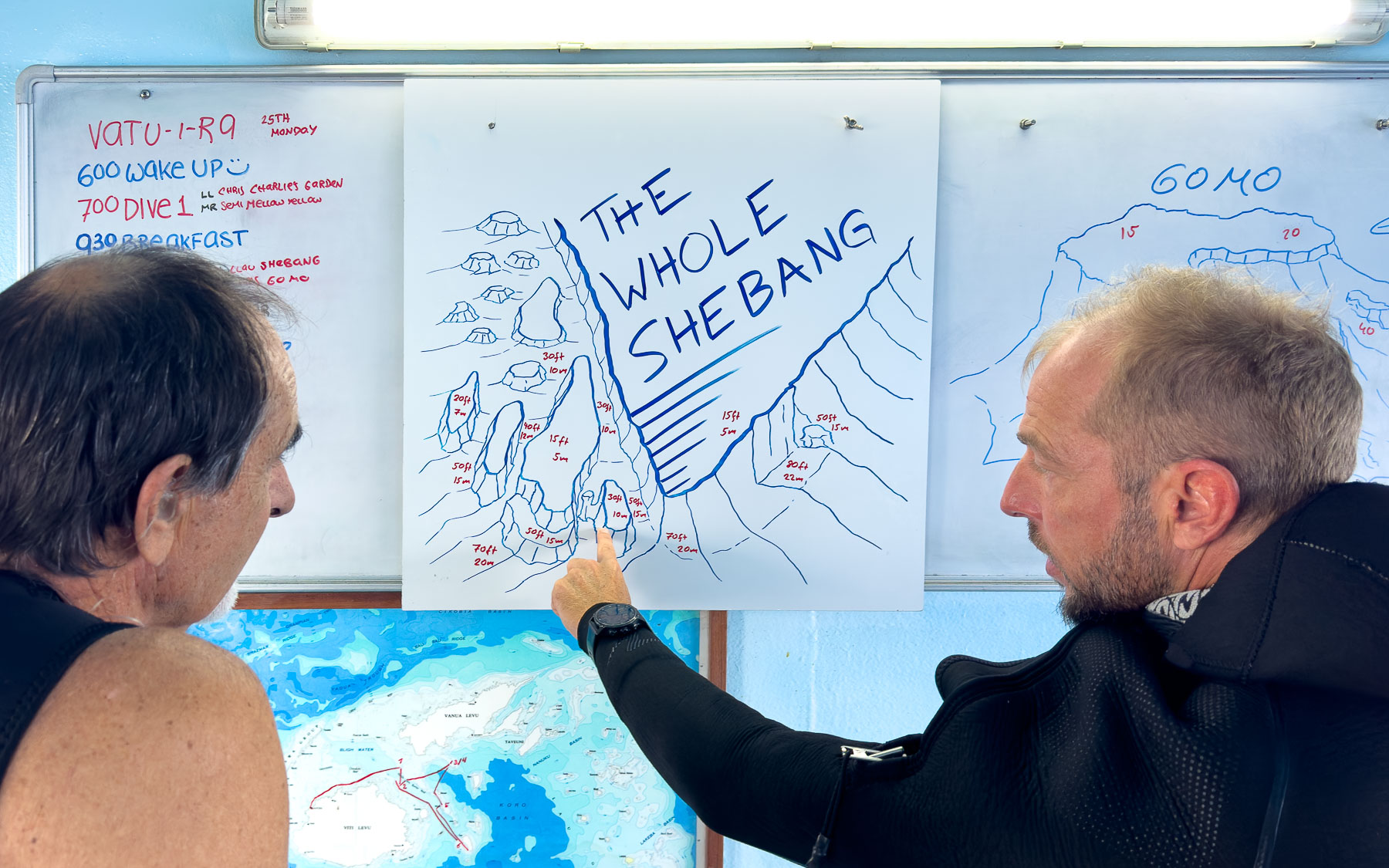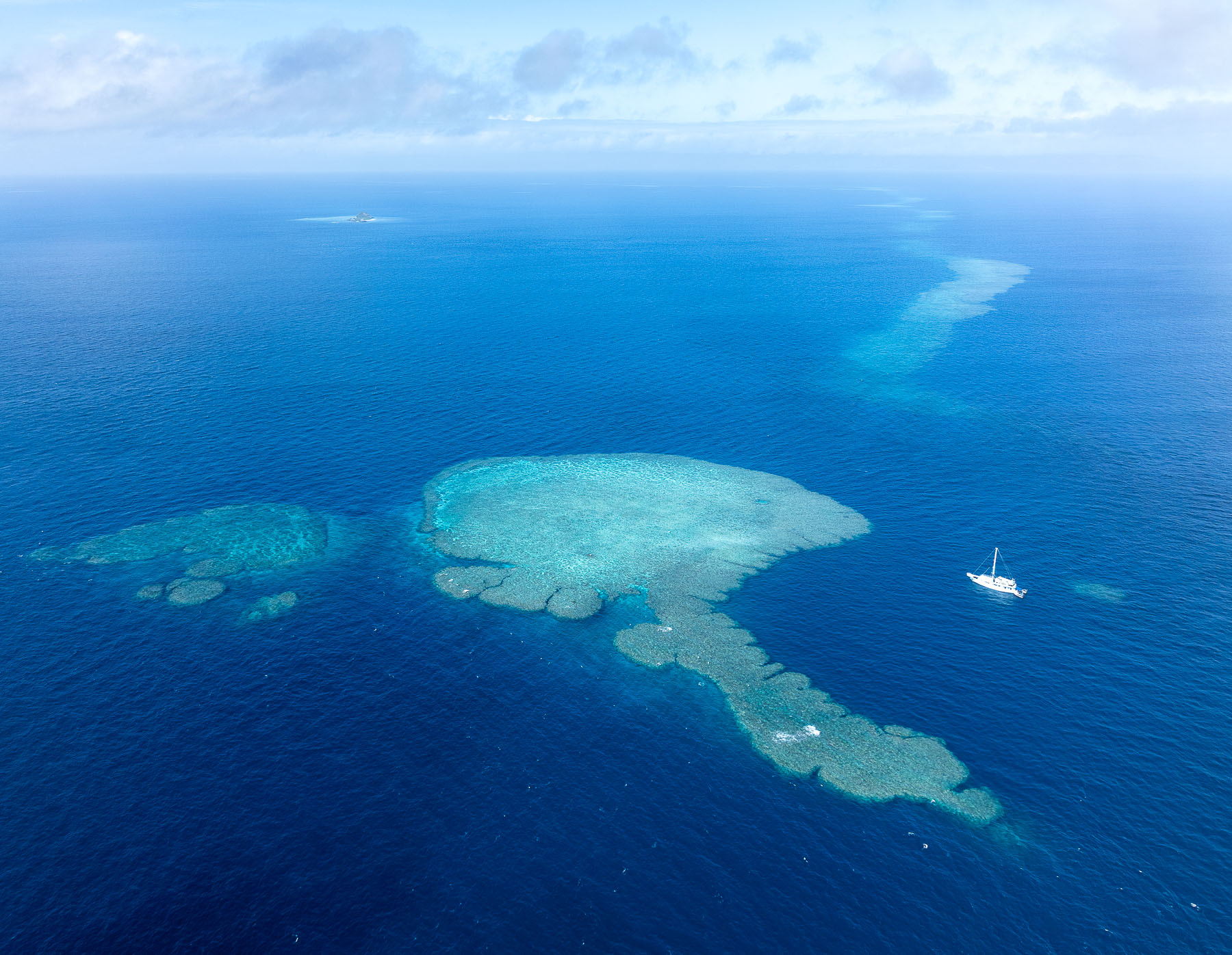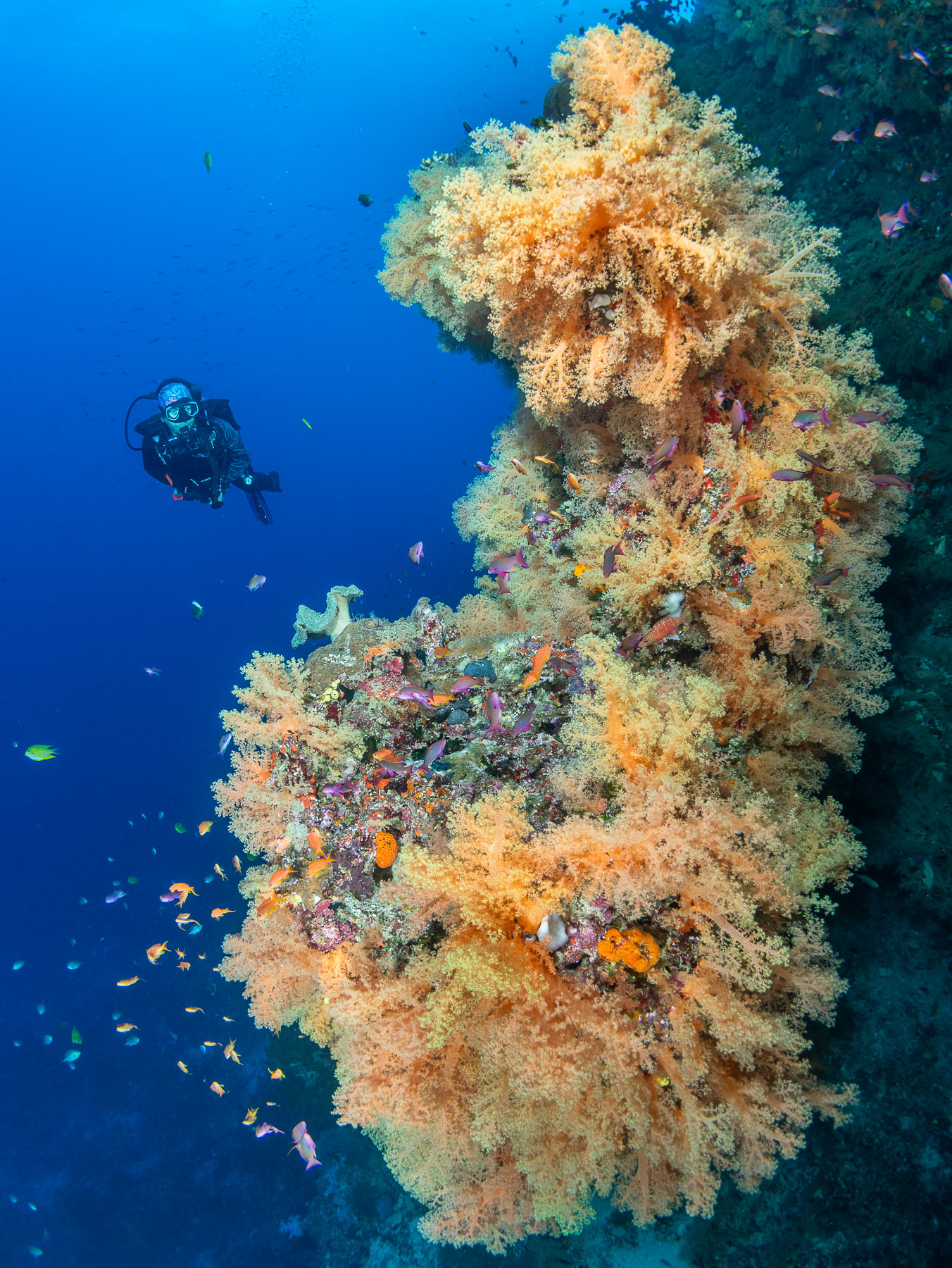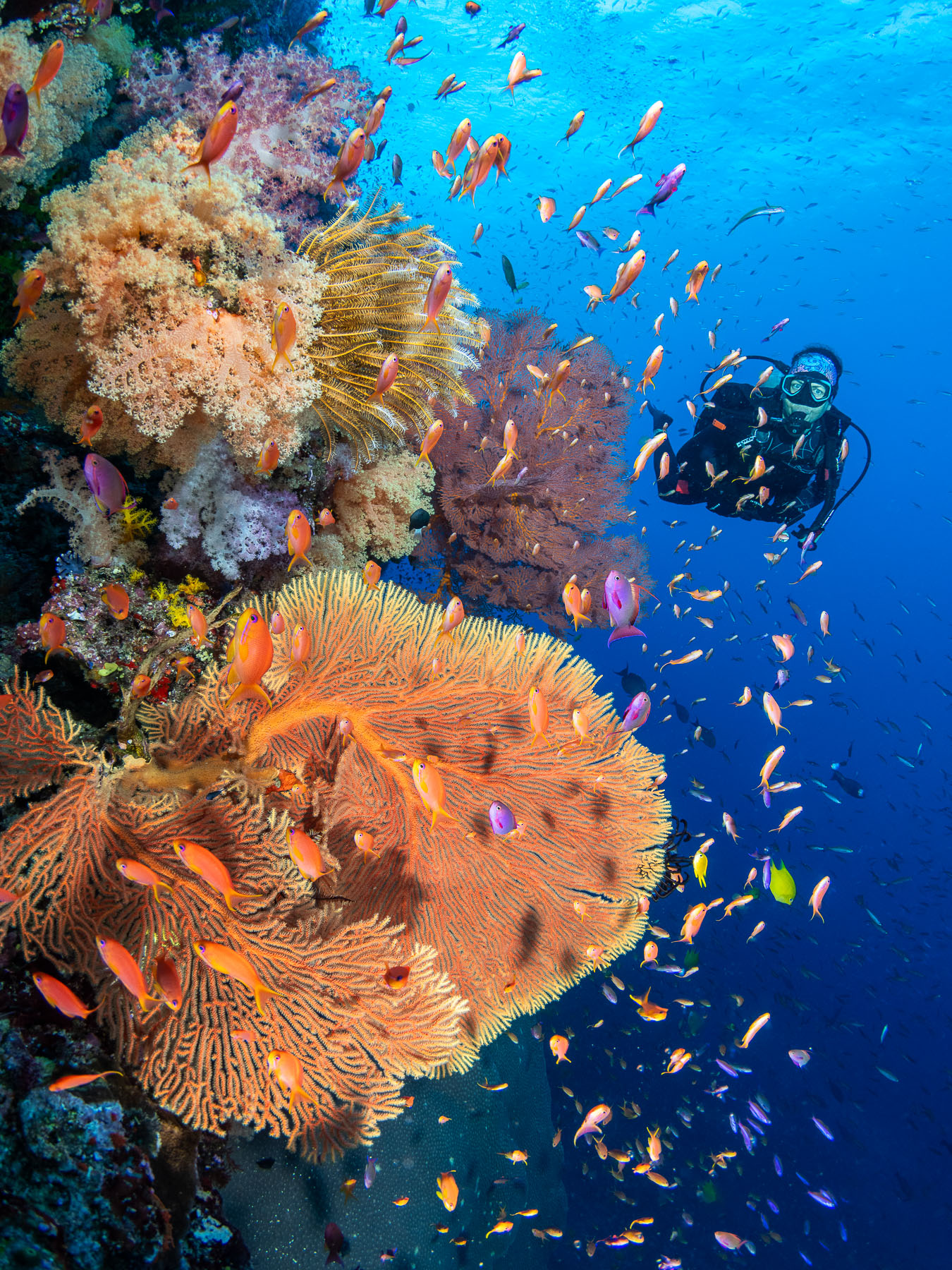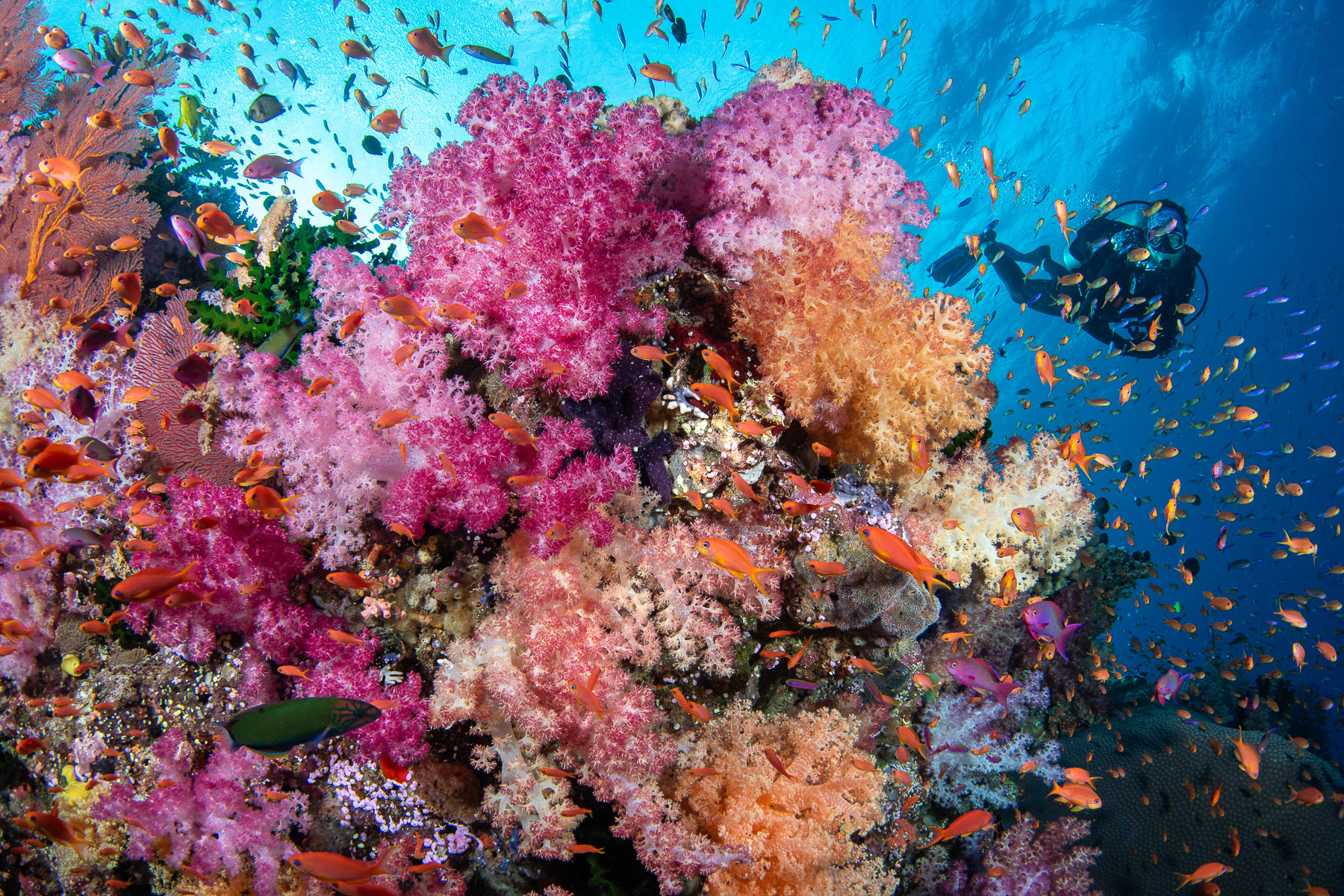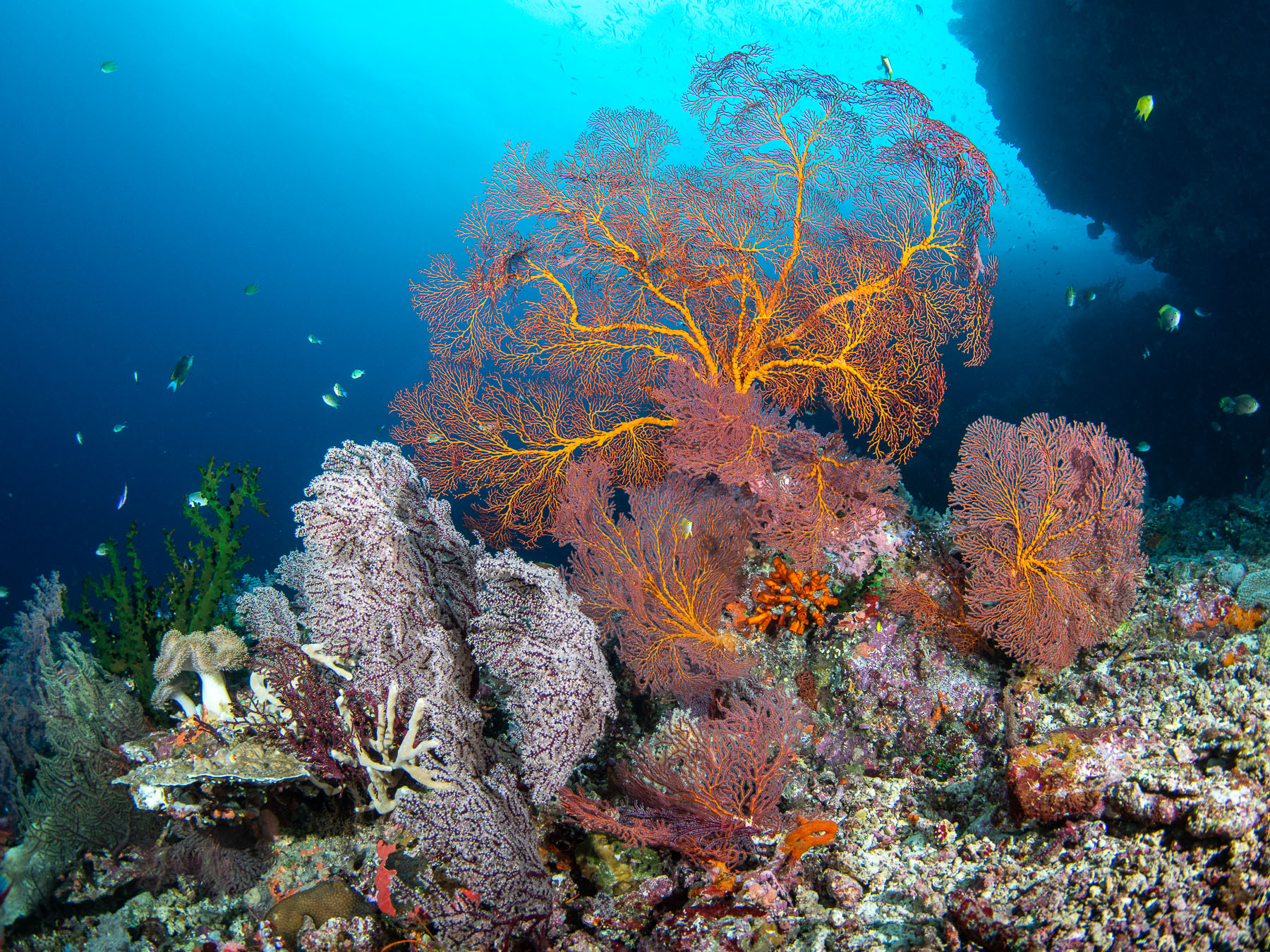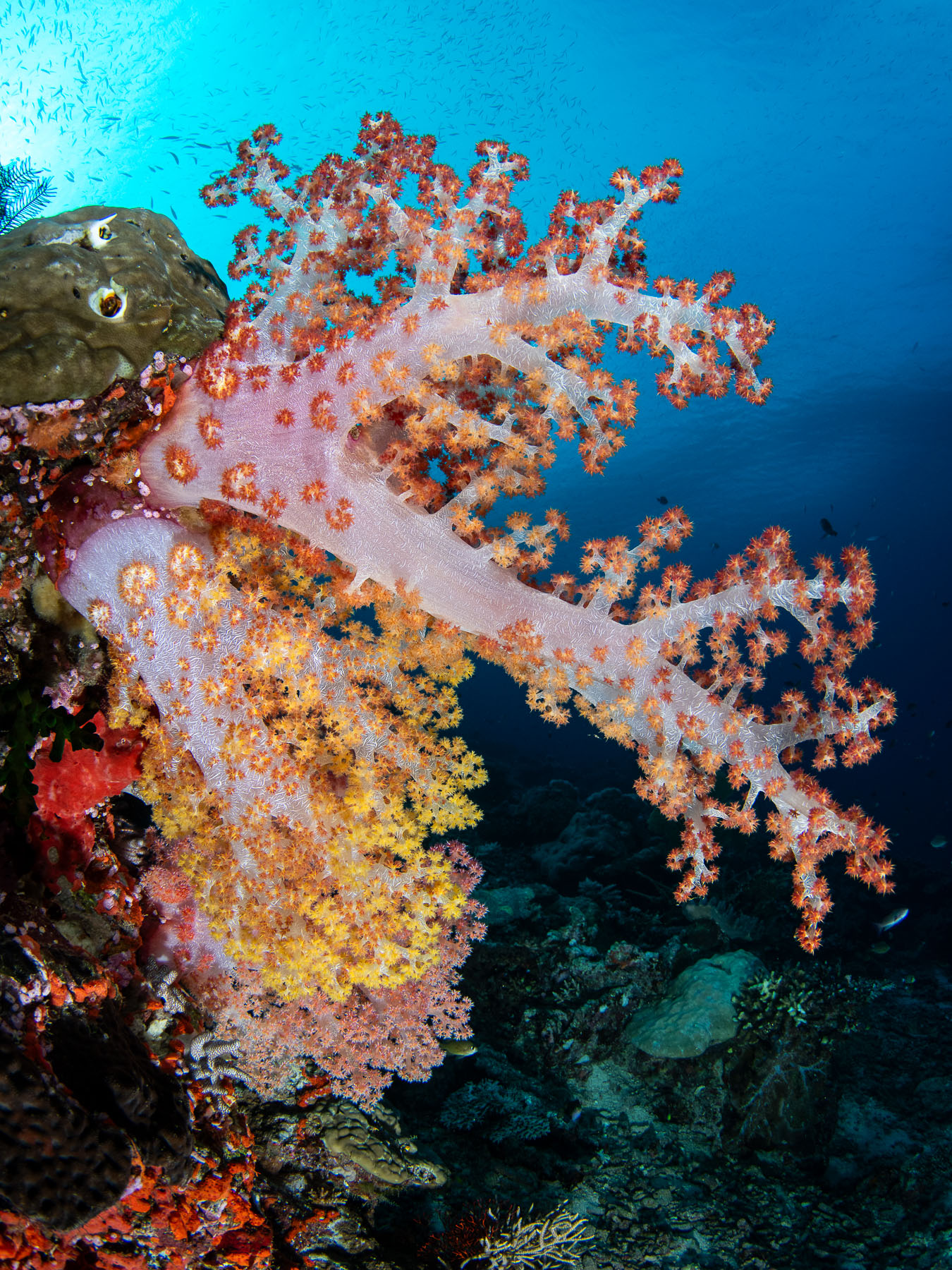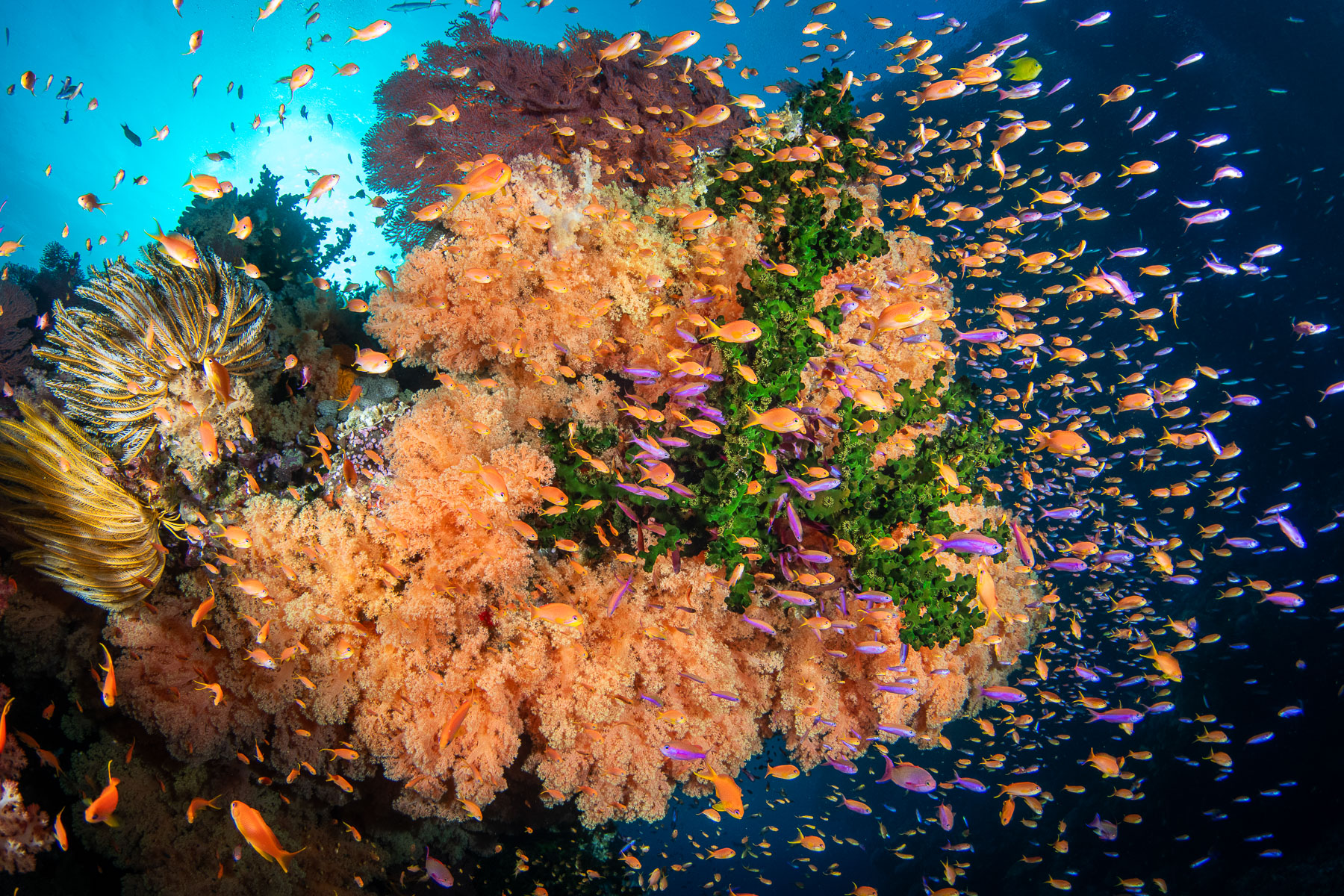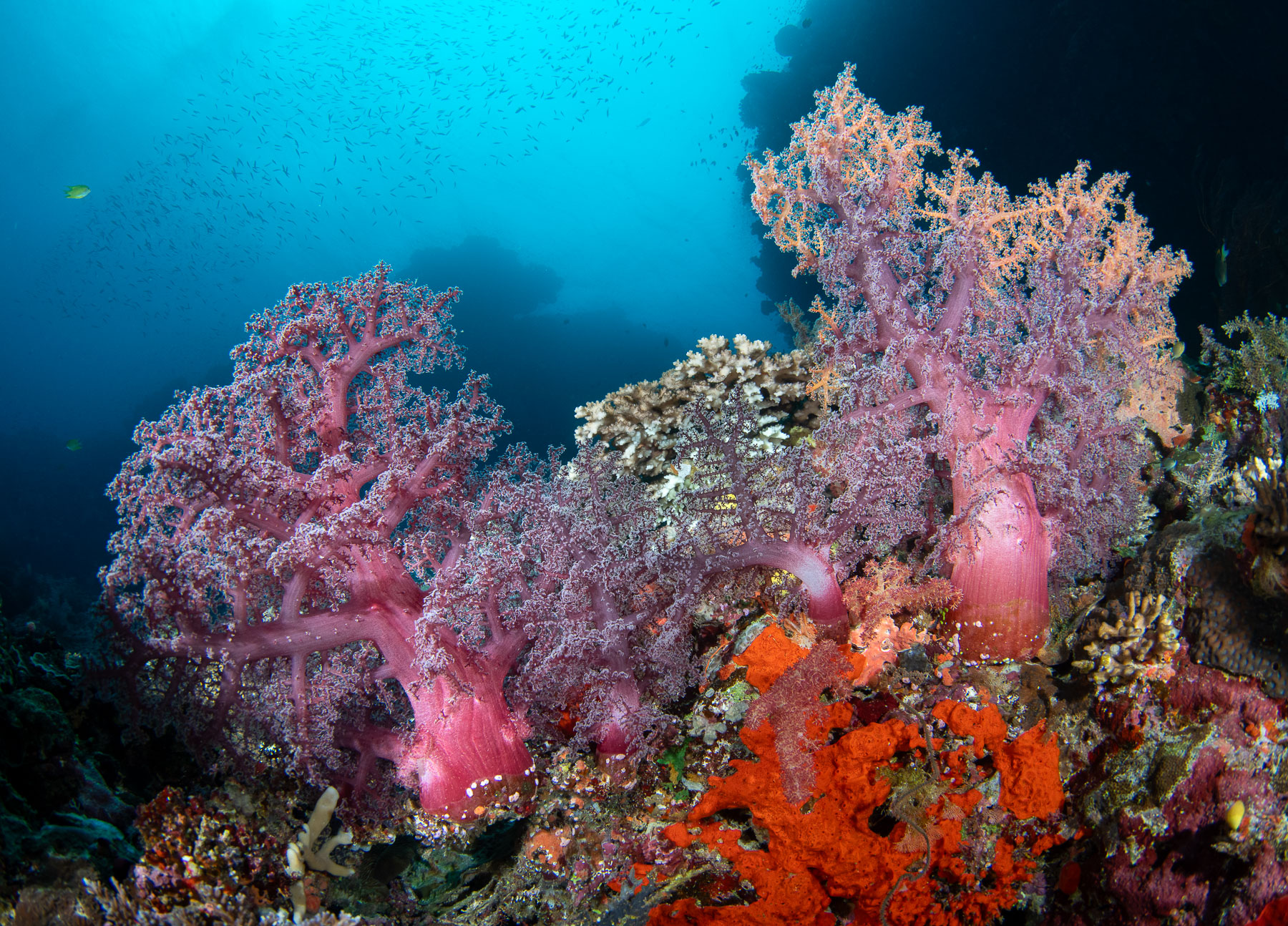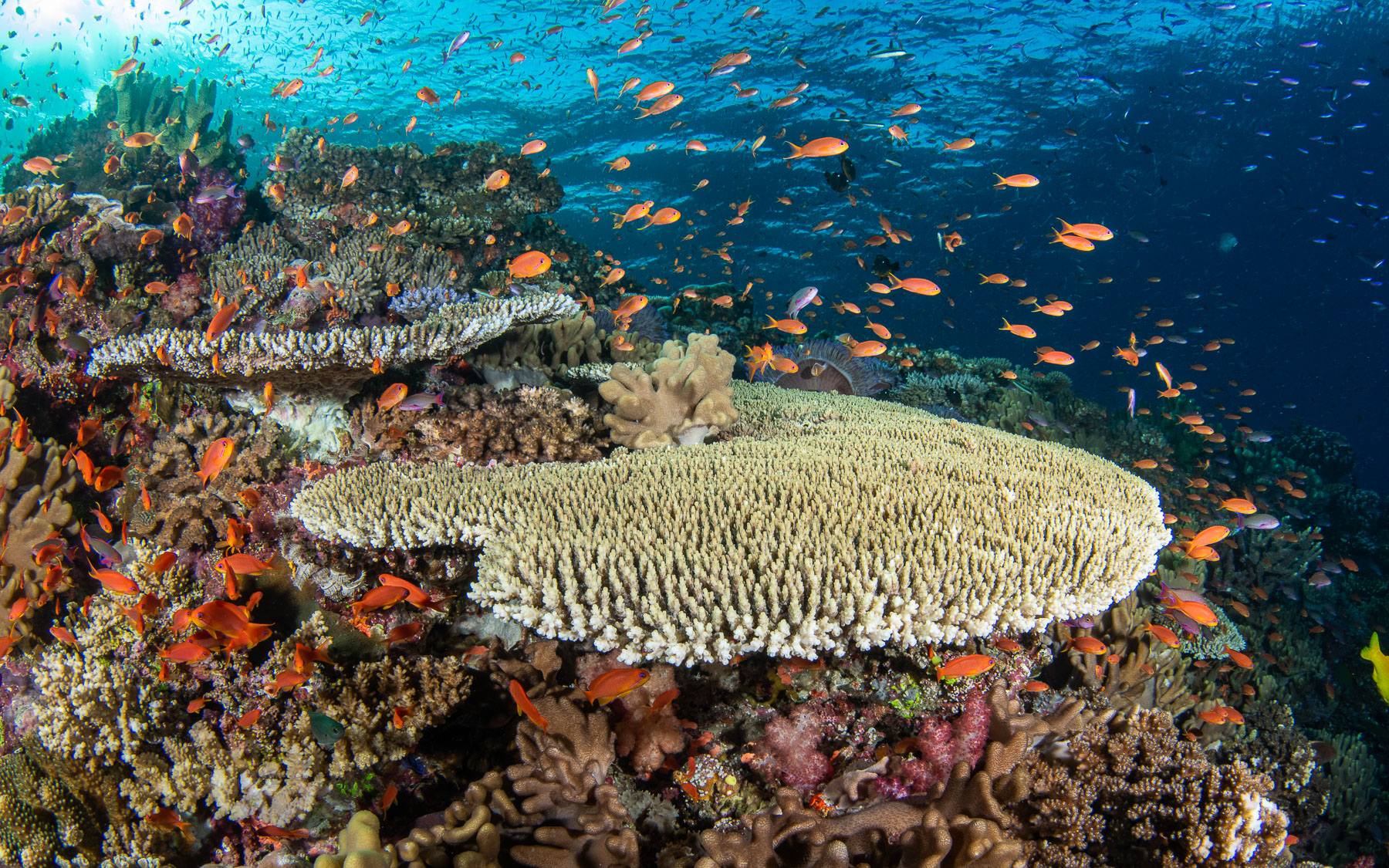It had been a long time since Tracy and I were SCUBA diving together and I had not been on the wonderful Nai’a liveaboard boat in Fiji for a few years. So when our friend Adriana invited us to join her group for a Nai’a 10-day we jumped at the chance, mostly so that I would have a chance to dive with my better half after way too long. Adriana’s was a very fun and diverse group from China, Brazil, the UK and the US plus Emry of whom nobody is sure what country he is in these days. Tracy is more selective about her diving than me avoiding cold water, poor visibility and subpar boats or resorts. But she was keenly aware the Nai’a is perhaps my favorite liveaboard anywhere in the world. Island-hopping all-star dive locations in Fiji after no tropical diving in a while sounded pretty good to both of us. We locked in the dates on our calendar two years out and this past August off we went. A flight to Nadi and a drive to the Rakiraki peninsula let us spend a few days at Volivoli warming up and getting used to the time change. At Volivoli we dove the Vatu-i-ra reefs one day but the boats were constrained to reefs closer to shore by wind the second day. The resort itself was quite comfortable with great staff, fast boats and delicious food. Lots of Aussies as one would imagine. I plan to stay there again, especially now that Wananavu is no more making Volivoli the only game in town if you want to reach the spectacular Vatu-i-ra reefs.
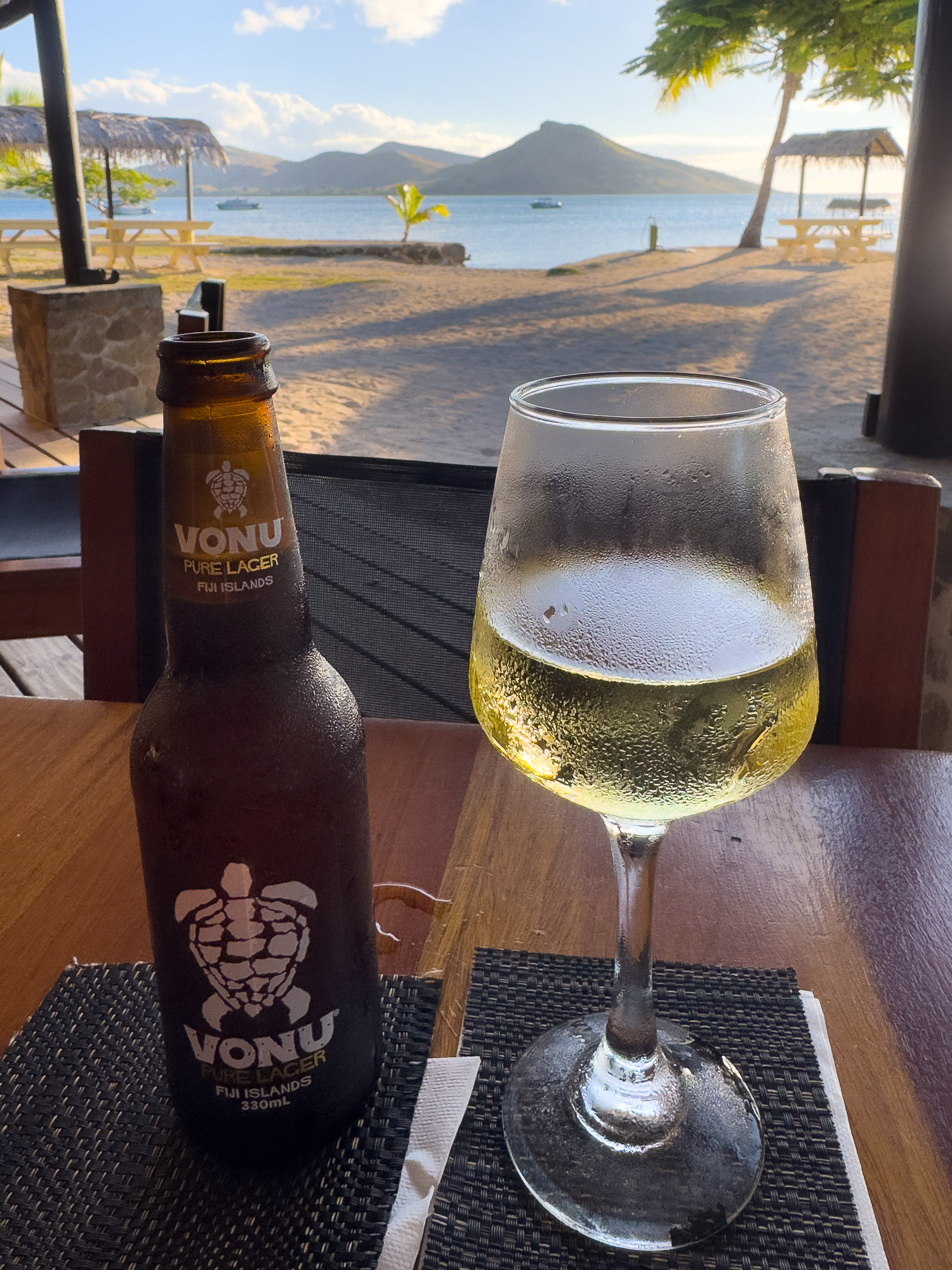
Our dinner view from Volivoli.
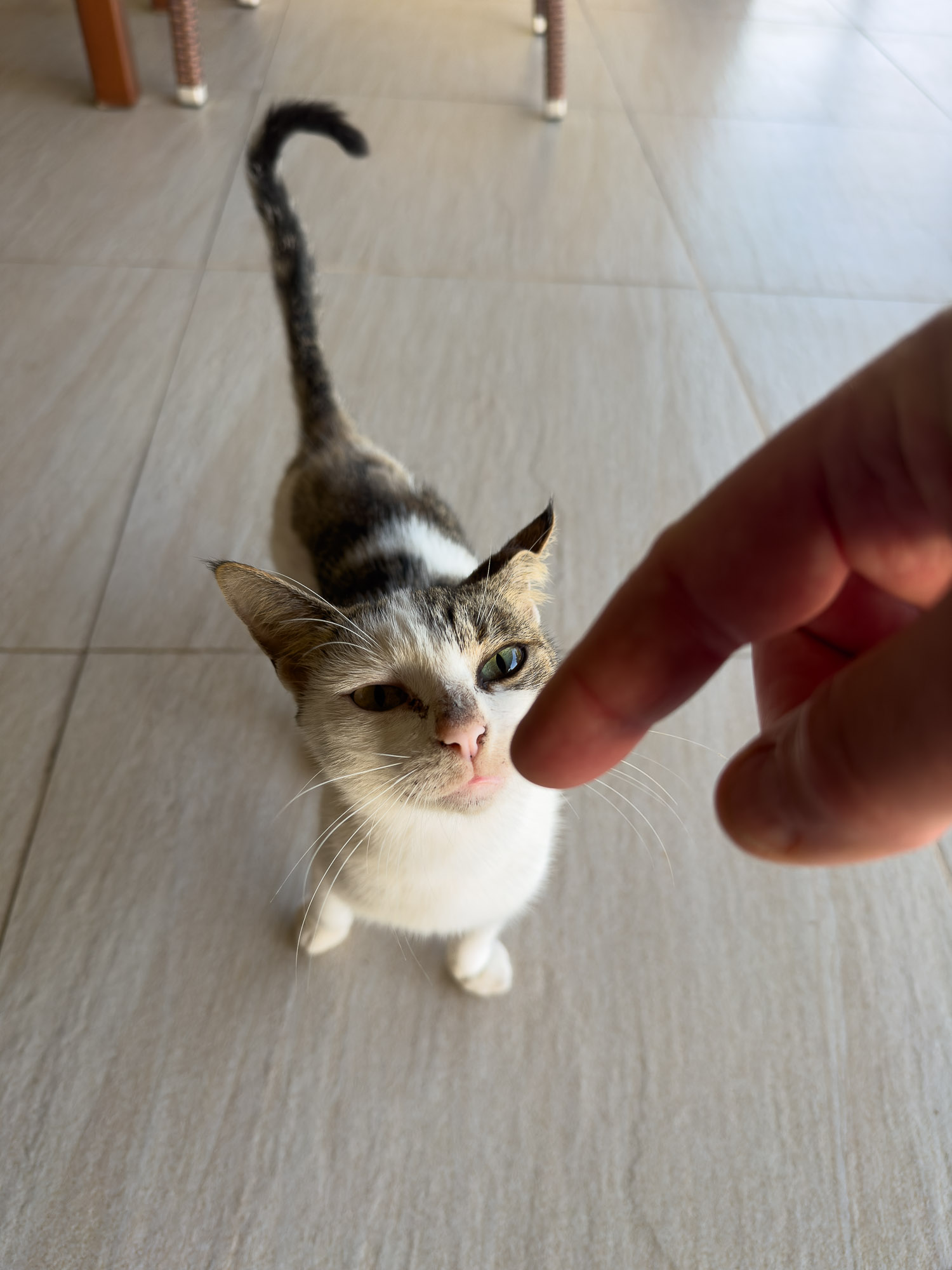
One of the locals.
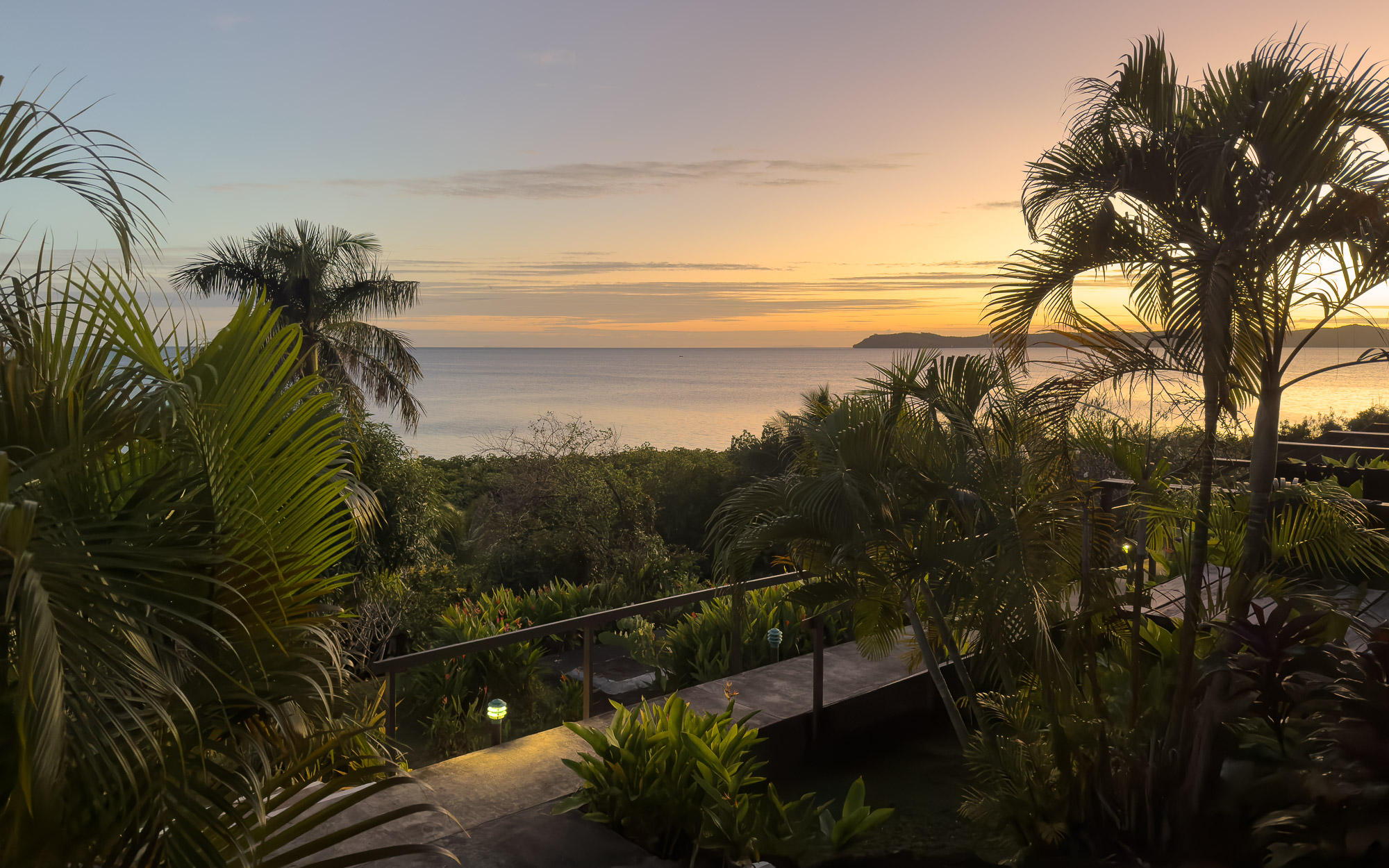
Sunrise from our lanai looking out from the Rakiraki peninsula.
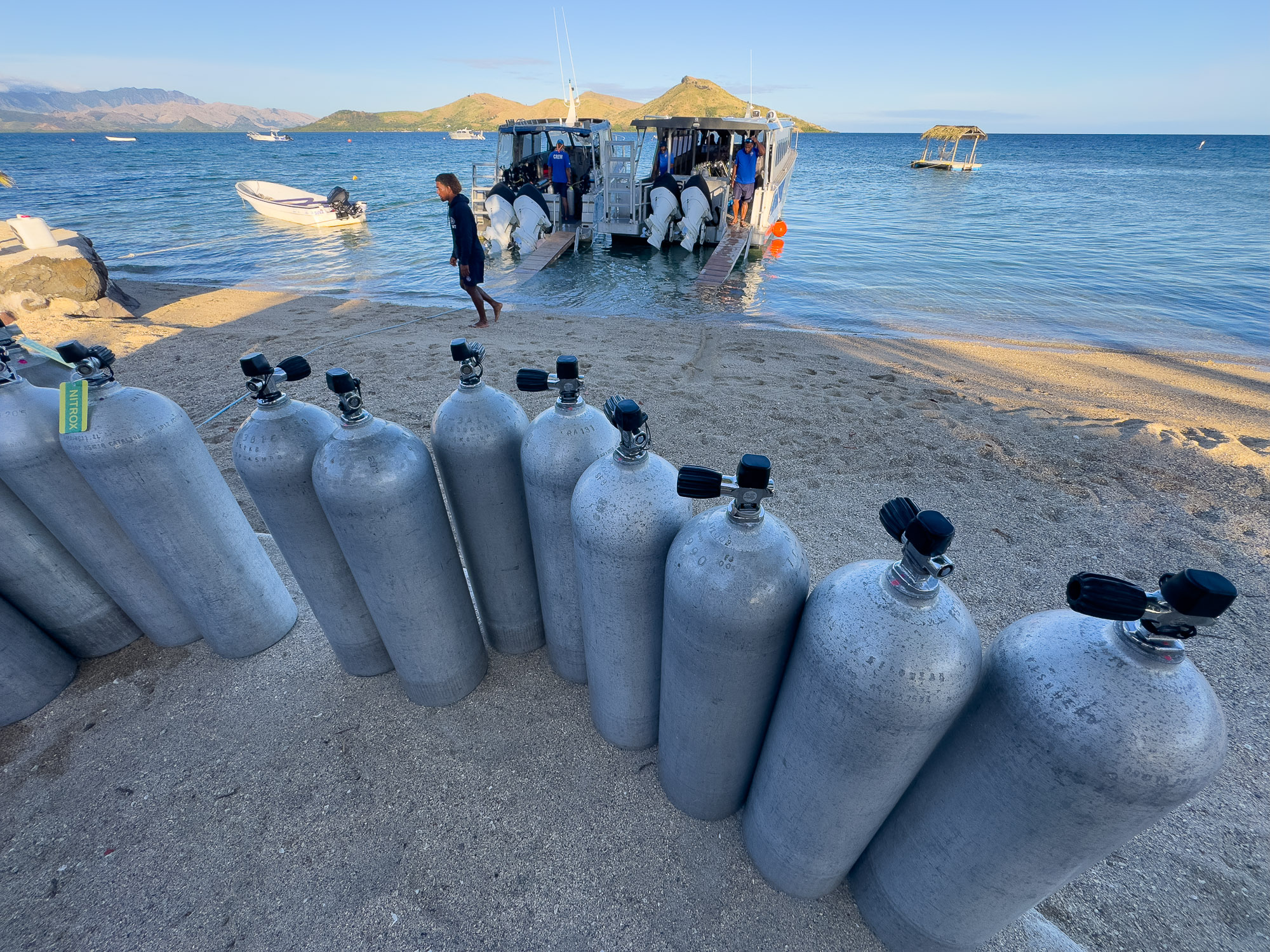
Setting up the dive boats after breakfast. We’d be diving in 30-60 minutes.
After four days at Volivoli it was time to return to Nadi and board the Nai’a. Soon our hosts Chris and Clau and the incredible crew had us on our way. We woke up the next morning to begin nine great days of diving the best spots in the Bligh Waters. Tracy was mostly looking for different tropical fishes, coral types and critters while I was photographing the reef scenery as usual. We had a little wind but it did not impede our diving or crossings. We managed a full three days at Vatu-i-ra, two at Namena and one at the seamounts so in my estimation the trip was a resounding success!
I forced myself to work with a single focal length for the entire trip, something I used to do 30 years ago with a Nikonos but rarely do any more. So 15mm was it for me for this trip. I briefly thought about setting up with 3 or 4 strobes as several photographers I admire do to better light the reef. But I have not been shooting underwater much this year and after considering how I would need to seek out fast-moving water for fish explosions I decided to keep the strobe count down to a modest two. I do not bring a computer on dive trips or review my images beyond a check on the camera’s LCD – a little risky perhaps since its hard to know if I am making any systematic mistakes. But I’m not distracted from hanging out with friends, swapping dive stories or having second dessert. So, the computer stayed home and I made double sure not to misplace any of my un-backed-up memory cards. It worked out.
